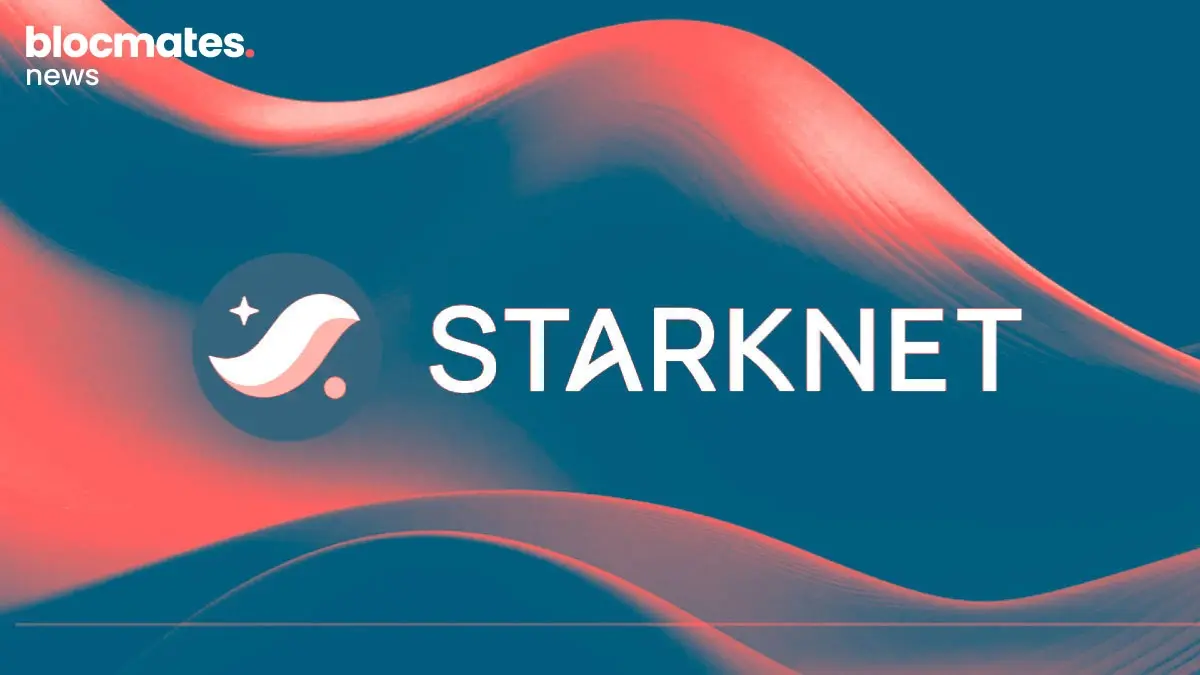One Money Market to Rule Them All: Tapioca Bull Case
GM!
Although this trade idea is not yet available due to Tapioca not being live yet, I thought I’d flesh out some of my internal thoughts about why this could be a very good risk-adjusted play for the rest of 2023.
Creating a pair trade around emerging lending and borrowing markets is the premise and using Tapioca (TAP) and Radiant (RDNT) is the way that I think about executing.
Naturally, we remove and isolate any market risk by placing this trade on. All we have is a two-horse race.
The potential outcomes based on the thesis:
If TAP can outperform RDNT then in all cases we win. In some cases, we win more than others but overall all we need is TAP to outperform RDNT.
The TAP Bull Case
Both projects are fighting it out to become THE Layer Zero money market which was pointed out by Brian Pellegrino himself as one of the highest potential plays in all of crypto. What this means is that assets should be able to be deposited on any chain that is connected to Layer Zero and enable seamless lending across any of the other chains connected to it.
https://twitter.com/PrimordialAA/status/1438496287104454664?s=20
Abstracting chains away from the end user allows capital to freely move where it has previously been fragmented and thus capital inefficient.
Abracadabra during the last bull market had some of the highest recurring monthly revenues that any DeFi protocol had seen. Yes, Dani had a lot to do with the attention and token price appreciation from normal folk. That being said, the protocol was being used A LOT.
AAVE and Compound are still the primary destinations for large accounts and DAOs to utilise funds whether that be for direct vanilla lending and borrowing or more complex strategies like on-chain leverage or shorting which are required in all markets bull, crab or bear. Yes, these OG guys have the first-mover advantage and are very Lindy. The issue is that 1) Their tokenomics are terrible and boring 2) They are extremely slow-moving when it comes to innovation.
Tapioca is potentially one of the most innovative projects not just on a protocol level but across the board that I have seen in a long time if not, ever. They have a solid product, an excellent team, strong backing from reputable people with a large following, an innovative mindset and an extremely strong community.
Radiant on the other hand has persistently looked to Tapioca for ideas of how to juice up their ponzinomics even copying documentation and paraphrasing content at times and that is putting it politely. They also use the words DeFi 3.0 in their docs and I just cringe every time I read it.
Putting all external factors aside let's take a look at the tokenomics and token dynamics of both protocols.
Token Dynamics -
As I mentioned above, Tapioca has thought long and hard about token dynamics and how to attract the most amount of patient capital. A lending and borrowing protocol needs to retain capital to be useful/profitable.
If you read our Tapioca long-form article you will see our homage to one of the best articles written in this space: RIP Liquidity Mining.
This article outlines how Tapioca innovates on top of a since-forgotten options token design. Andre Cronje came up with the idea of options tokens for KP3R but they had a few flaws in the design that kinda made them overlooked. Tapioca picked this idea out of the lost and found and restructured it in a way that makes sense.
Options tokens will be a way to use the protocol to gain liquidity mining incentives but there is a mutually beneficial catch. Any user who locks their liquidity and/or TAP tokens for any amount of time will be airdropped oTAP tokens each week that enables the user to purchase TAP at a discounted rate to what it is trading on the open market. This aligns incentives and creates a win-win-win scenario.
- The redeemer of oTAP gets TAP at a discount which they can sell and recoup the profits immediately.
- The protocol exchanges oTAP redemptions for ETH or USDC and this goes into the treasury.
- twTAP (Tap lockers) earn protocol revenue and treasury rewards.
For example, if you lock say $1,000 worth of liquidity into the protocol for 1 year then depending on the market appetite for this time and the value of the lock you will receive a discount.
Let's say 30% in this example. You can then choose to redeem/purchase the TAP at a 30% discount to the market rate and either sell for an immediate profit or relock to earn additional rewards/oTAP airdrops.
If I come along at the same time and say I will lock in $2,000 for 2 years (2x both your time and value of $1,000 and 1 year) then I will receive a greater discount on my TAP option (oTAP).
TLDR: The greater the size and time of the lock, the greater the option discount.
There will be a few ways to receive the oTAP options token (which is in fact, an NFT).

- Lock TAP for time-weighted TAP (twTAP) - This allows you to share in the following value capture mechanics in the protocol:
All (100%) of the listed fees below are distributed to twTAP lockers in weekly epochs:
- Big Bang Mint Fee: 0% - 1% (Variable)
- Singularity Borrow Fee: 0.5%
- Singularity Interest Fee: Variable
- Singularity Performance Fee: 1-3% (Per Market)
- Big Bang Interest Fee: 0.5%* (Fixed on ETH collateral(s), variable on non-ETH collateral(s))
- Liquidation Fee: 5% (Singularity & Big Bang)
- Flashmint Fee: 0.001%
- Arrakis USDO Vault Manager Fee: 50% (5000)

- Lock liquidity in the protocol to be used for lending - Again, the greater the size and length of the lock receive the best discounts all the while earning lending fees plus oTAP rewards.
- Hold a Pearl Club NFT and receive 714 oTAP at a 50% discount… You can do the math on the current floor price vs potential redeeming costs.
- Liquidity bootstrapping Pool Participants - will gain a 50% discount on their TAP at the end of the LBP. Anyone who partakes in the LBP gets an oTAP airdrop too.
There will roughly be 7,160,000 TAP in circulation following the LBP and if all airdrops are exercised. This excludes the TAP used for the initial AMM liquidity.
“The starting price of the Tapioca LBP will be $3.52. The commonly advised setup of an LBP is the starting price being 4x the end price based upon the final weightings, in this case, the weightings would suggest an end price of ~$0.88. A final price of $0.88 implies a circulating market cap of $6.30m, and a fully diluted market cap of $88m, which values TAP at 2x the seed round's fully diluted valuation” - Info…
The FDV certainly isn’t high in any regard but if people are concerned about a low float then you need to take a look at the estimated time taken to achieve the full TAP issuance.

Info: https://dune.com/tapanalytics/tapioca-schedule/48231c1d-c00b-408c-9673-0f99f2299380
Looking at a 260-week time horizon (5 years) the following inflation schedule would like like this.
- At 25% of all oTAP redeemed there would be 23,375,554 TAP in circulation - 4.3x in 5 years or 0.86x a year
- At 50% of all oTAP redeemed there would be 36,373,974 TAP in circulation 6.18x in 5 years or 1.23x per year
- At 75% of all oTAP redeemed there would be 43,740,805 TAP in circulation 7.24x in 5 years or 1.44x per year
- At 100% of all oTAP redeemed there would be 47,910,698 TAP in circulation 7.84x in 5 years or 1.56x per year.
This inflation rate takes into account the additional ~7,000,000 TAP from the LBP.
Put a pin in these numbers, we will return to them later.
So, all in all, the inflation is pretty damn good. This is especially good when you compare this to a geist fork like Radiant and RDNT which relies on hyperinflationary mechanics to incentivise mercenary capital which are now backpedalling to try to fix their initial liquidity mining issues.
In an ideal world, when we see the average oTAP redemption stats per week once Tapioca goes live we can roughly estimate an average inflation schedule.
The other dynamics at play here are plentiful. We need to consider the locked amount and the time-weighted average magnitude lock or twAML. This is the dynamic time lock feature that we talked about earlier.
To reiterate if the market determines that they are comfortable with locking for several years then to achieve the same amount of oTAP discount, users will need to lock larger amounts for a longer duration. Great flywheel.
We also need to consider the amount of oTAP that gets redeemed and then locked as opposed to sold. Users may find a sweet spot where they think they should add to their locked position and where they should redeem and sell. This will probably come down to what they also determine to be a fair yield for their time spent locked up.
The additional benefit of locking TAP is that unlike veCRV it doesn’t decay. I think Curve intends this veCRV -> CRV decay to be an incentive to buy more to keep their veCRV topped up and/or for CRV emissions earned by veCRV holders to be relocked…
I don’t think in practice this is what the market is doing. It is more of an annoyance that you have to keep perpetually buying CRV, relocking it to maintain your veCRV exposure, in my opinion. It feels like the Curve team thought they could align incentives in their own favour with this one and everyone figured it out.
Nevertheless, it will be interesting to see what the market determines is the correct time duration to lock for. It never made sense to me that locks before Tapioca were just an arbitrary number plucked from thin air.
One huge thing to consider here… What happens if you take your position and you are granted your oTAP at the end of that week and it is below the price that you locked in? This is an out-of-the-money (OTM) option which can and will happen.
Users will not redeem OTM oTAP as they will effectively pay more for their TAP than what it is on the open market. Thus, TAP sets an artificial price floor and calms inflation when the price depreciates. If people see that oTAP is below TAP price then there could be some interesting strategies at play here with regards to buying people's oTAP NFT for cheap.
Here’s a hypothetical situation we can run through… Every single time oTAP is redeemed for ETH or USDC, those funds go directly to the Tapioca treasury. EVERY. SINGLE. TIME.
So, for inflation to occur, the treasury profits massively. Playing this out further, through the DAO share option and oTAP, Tapioca could amass one of the largest treasuries seen in DeFi without creating an OHM fork amid bull market mania.
This is where my mind is at:
- Treasury amasses ETH at bear market prices through people redeeming oTAP and/or locking it.
- Treasury is put to work earning additional yield for twTAP holders.
- The treasury also captures a huge upside as ETH returns to its former glory potentially 3.5-10x from here.
- The market cap to treasury ratio doesn’t fall too far from its own peg. I am hesitant to say Risk-Free Value because it's a bit of a weird term but, if the treasury is in the 100s of millions if not close to a billion, then TAP is worth at least that given its revenue generation.
- I have no idea but if a situation happened where the market cap is below the treasury value, the team could buy back TAP from the open market to bring it to parity, re-lock it and then earn treasury yield on top of taking a shit tonne of TAP off the market whilst creating buy pressure and DAO revenue…
The token generation event LBP if nothing happened would end at $0.88 with a circulating market cap of $6.3m and a fully diluted valuation of $88m which we know could take 10 years to hit or even longer.
If I was a betting man, which I am, at the end of the LBP, the price will be above the LBP starting price of $3.52 which I don’t think has happened before. On that estimate, we would see a circulating market cap of around $25.2m and an FDV of around $350m.
The reason that this isn’t me being insane is that Radiant has had a previous ATH in market cap of $136m at $0.585 per RDNT, thus the supply at the time was around 232,478,632 RDNT on the 20th of March 2023. This would have achieved an FDV of $585,000,000 ($585m), case in point. We are now roughly 16 weeks from that and the supply has grown to 280,067,586 RDNT around 47,588,954 tokens have been released or roughly 20% inflation in 16 weeks i.e. 1.25% a week…
Tapioca’s maximum weekly emissions set by a dynamic exponential decay curve can only ever be 0.88% and that is if 100% of oTAP is redeemed the chances of that are extremely low.
The more you research about Tapioca the more pearls you uncover, pun very much intended. I can see this project doing extremely well. I am biased and I am an investor in Tapioca so my judgement may be clouded. That being said, I wouldn’t have invested in them in the depths of the worst bear market of all time if I didn’t think they would do extremely well over time. Besides, the data suggest that investments and projects that launch in the bear always outperform those that launch in the bull.
Could the inflation and redemption sell pressure be an issue? Maybe… Could the twAML and twTAP negate this? Probably. Can the treasury also benefit from mercenary capital redeeming oTAP which over the long term benefits TAP? Absolutely.
One final thing before we move on… this will not be the last product you see from these guys. Absolutely no fucking way will they stop here. I don’t know what it will be or what they have in mind but Tapioca will be an ecosystem and the money market will be the first product of many.
Radiant Capital - The Bear Case.
I’ll start by saying Radiant is not built on Layer Zero but rather they use Stargate to bridge RDNT. That is not omnichain and doesn’t bring anything new to the table nor does it solve fragmented liquidity issues in lending and borrowing. This has recently changed as they pivoted to having RDNT as an OFT… Still, the protocol is not omnichain and is seeking to narrative hack for a product built on Arbitrum and separately on BNB.
On top of that to help stem the bleed from emissions which Radiant have used to attract liquidity and the old faithful farmers proceeded to dump (shock) they have now added an additional layer where a user must lock ETH-RDNT for an extended period to be subject to RDNT rewards. A user must lock $5 of ETH-RDNT or ETH-BNB for up to 12 months for every $100 of assets they wish to earn rewards on.
This to me feels like a way to increase liquidity around the RDNT token so that vesting tokens have ample liquidity to sell into whilst the average Joe is locked up trying to earn a few extra percentage points.
On top of that Radiant will be using their Arbitrum airdrop to attract more locked RDNT-ETH/RDNT-BNB liquidity which at most will yield 72% if you lock for 1 year. In other words, if your RDNT LP drops 40 or so per cent in value after the maximum lock you will break even. Given the inflation and vesting schedules of Radiant the additional supply coming onto the market will make a -40% look like a good return.
According to Token Unlocks, there is currently around $146,000 worth of RDNT unlocked every day of which around $40,000 worth goes to core contributors, advisors and the team whilst the rest is directed towards lending and borrowing farms. DeFi Llama has a higher figure of daily unlocks at around $229,000 per day which ranks 20th of all token unlocks in dollar value unlocked per day.
In one year there will be 709,000,000 RDNT tokens on the market which is around 2.53x times the current circulating supply of 280,000,000. With no real incentive to lock for the year particularly if you remove the Arbitrum airdrop boost, I can’t see capital sticking around and/or locking. Go back and compare our TAP emissions per year in the beginning and see the difference.
On top of that a 60% pass vote ruled in favour of Radiant begin to open negotiations with prospective VC firms to sell 17.5% of the DAO RDNT holdings due to runway being an issue if they want to continue to hire and expand. This isn’t a great sign in my opinion as it derives from the DAO treasury and adds additional counterparty risk (at size) from late-to-the-party VCs…
Bull Scenarios -
The market is bullish: TAP and RDNT both go up but TAP goes up more i.e. TAP outperforms to the upside more than our RDNT short is affected.
The market is bearish: Both assets go down but RDNT goes down more i.e. Tap goes down but RDNT goes down more i.e. we are in profit.
The market goes sideways: On a percentage basis, we need TAP to outperform to the upside or perform better on the downside.
Bear scenarios -
The Market is bullish - We make money from our TAP long but we lose more on our RDNT short
The Market is bearish - We lose more money longing TAP than we do shorting RDNT
The market is sideways - On a percentage basis RDNT performs better to the upside or downside compared to TAP.
Conclusion -
Anyway, to round up this thesis I think Tapioca has much greater revenue potential, infinitely better tokenomics/token design, and a much better team to execute on innovation. Partaking in the LBP, Holding a Pearl Club NFT could lead you to obtain a reasonably sized position in TAP which you can then choose to do with whatever you please.
RDNT can be sold short on multiple exchanges to hedge out any time duration risk of locking TAP whilst you earn the rewards in the meantime.
Again, I am biased but I think Radiant is cooked and had its day mainly due to Arbitrum airdrop speculation hype. The Layer Zero landscape is a totally different ball game to being deployed individually on separate chains. In my opinion, there will only be one winner.
The only way this trade does not play out is if Tapioca does not attract sufficient locked capital to make the protocol profitable, to negate that treasury funds could be utilised in the protocol to ensure depth of liquidity. I believe the mercenary capital that has been farming RDNT since its inception will do what they do every time and jump ship to greener pastures.

Code 1 for Quest for LARP 3 👆- NO before you ask you do not need to put the full stop (.) just the word.
https://tideprotocol.xyz/users/campaign/5fb6dd80-e2e2-4a5d-a110-5e5611fe3f04
Disclaimer: This article is not financial advice. The information contained in this article is for educational purposes only and should not be construed as investment advice. Every investment decision should be made based on your own research and risk tolerance.
A handful of the blocmates team are deep in the Tapioca trenches, so factor that bias in. All of our research and references are based on public information available in documents, etc., and are presented by blocmates for constructive discussion and analysis. To read more about our editorial policy and disclosures at blocmates, head here.






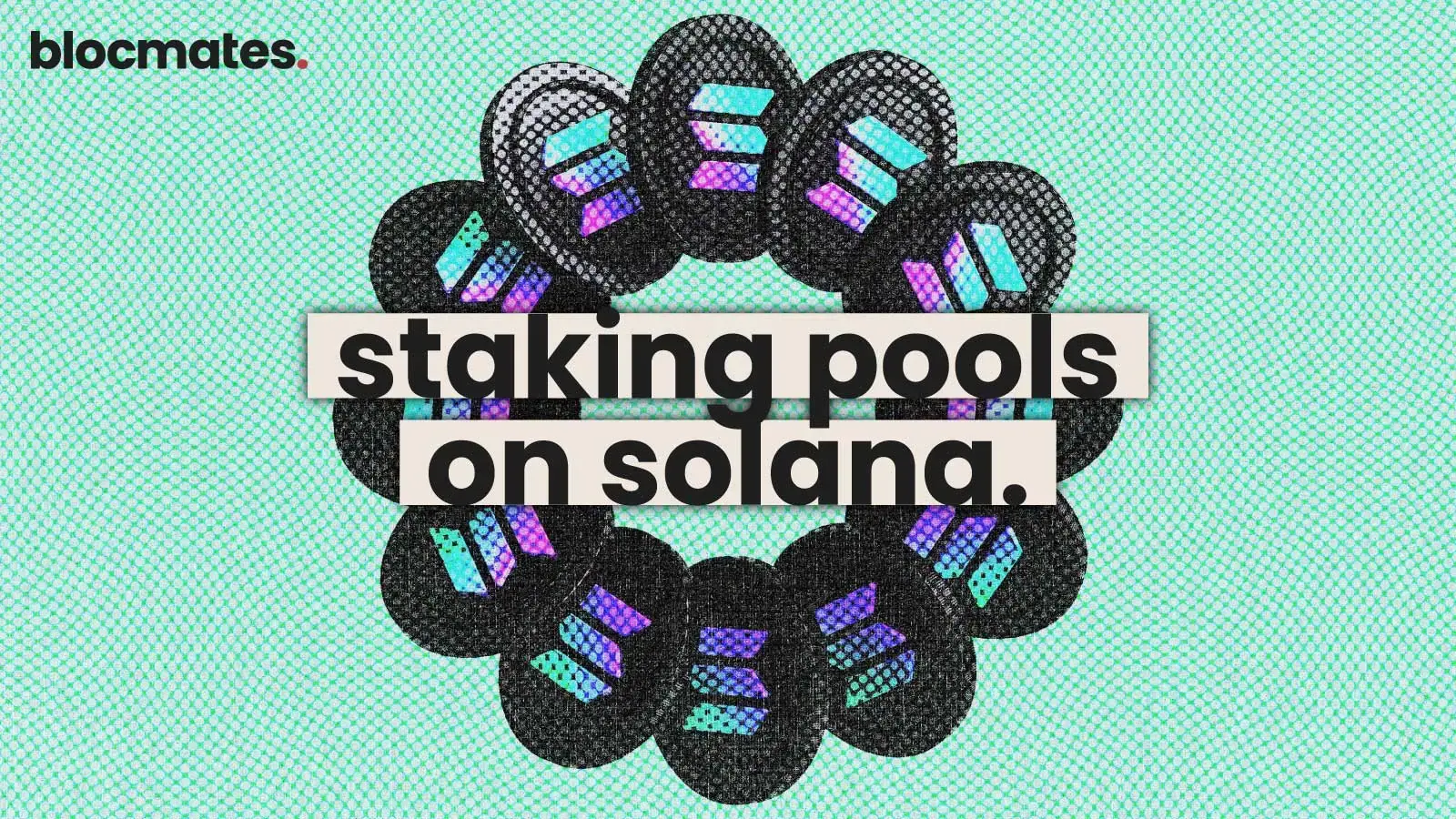





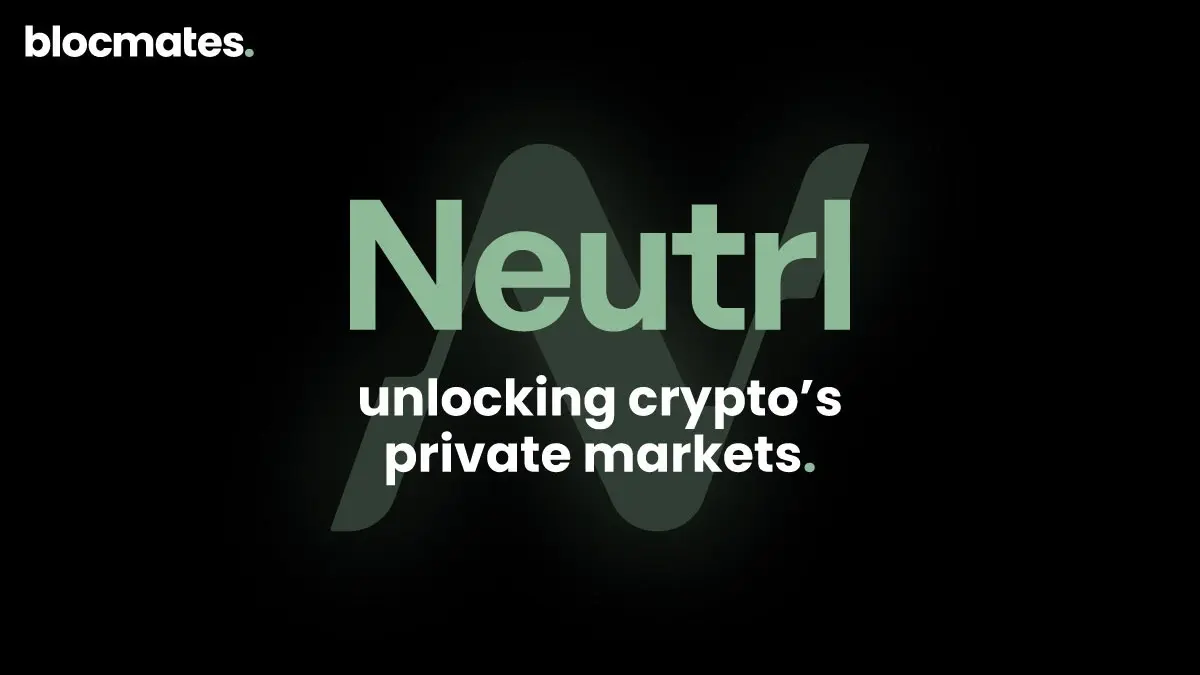


.webp)

.webp)
.webp)

%20(1).webp)
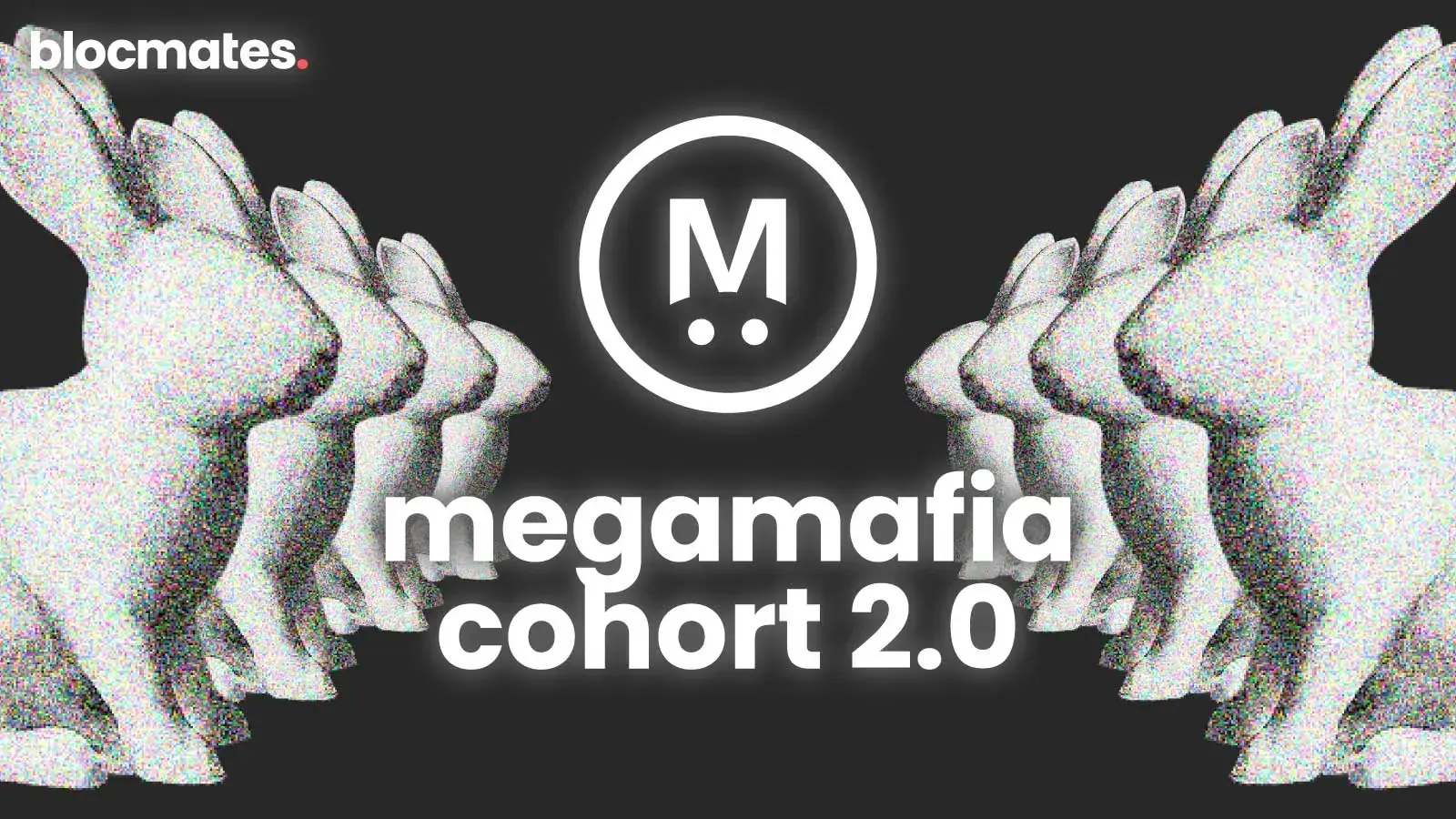
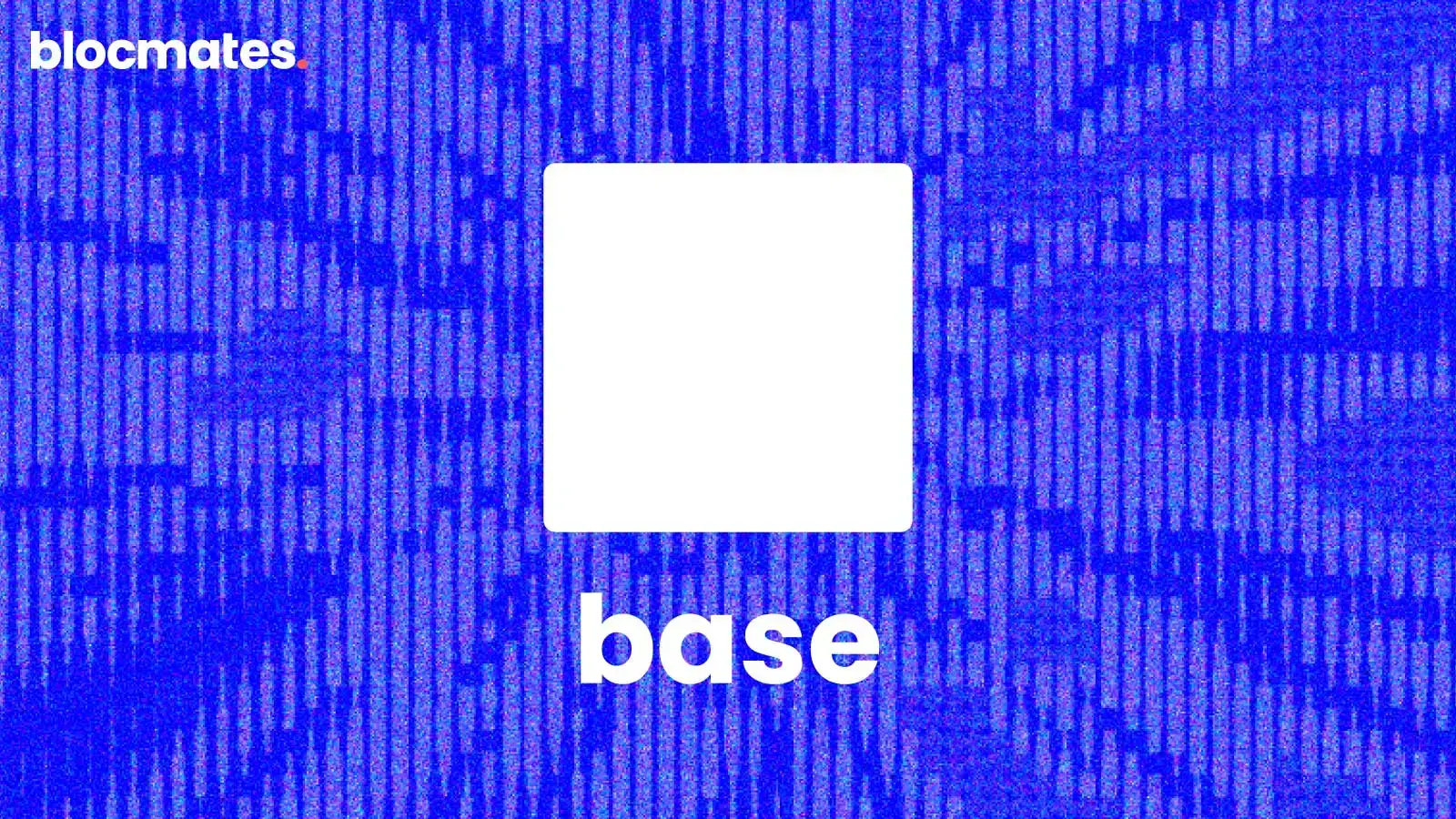
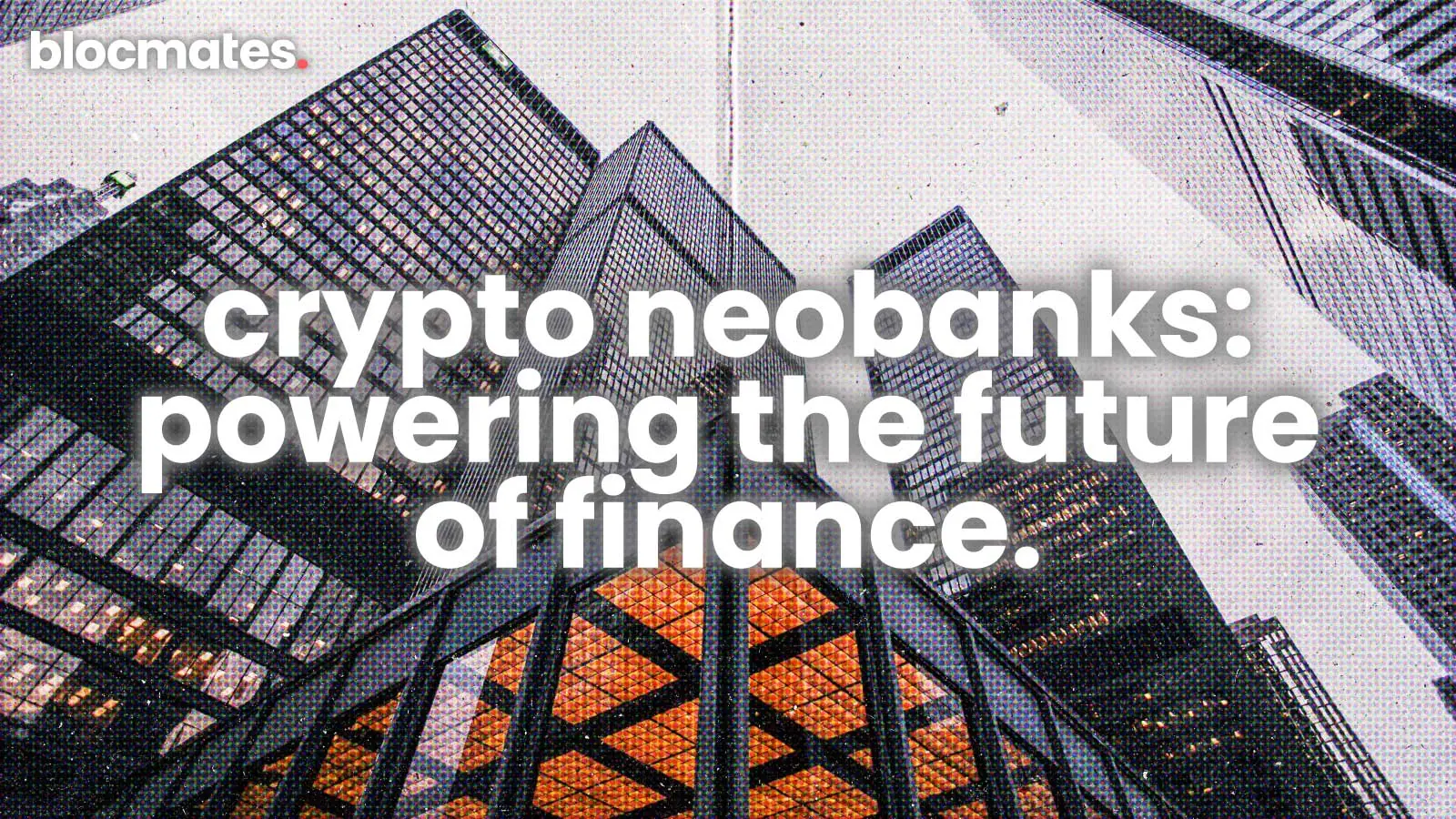


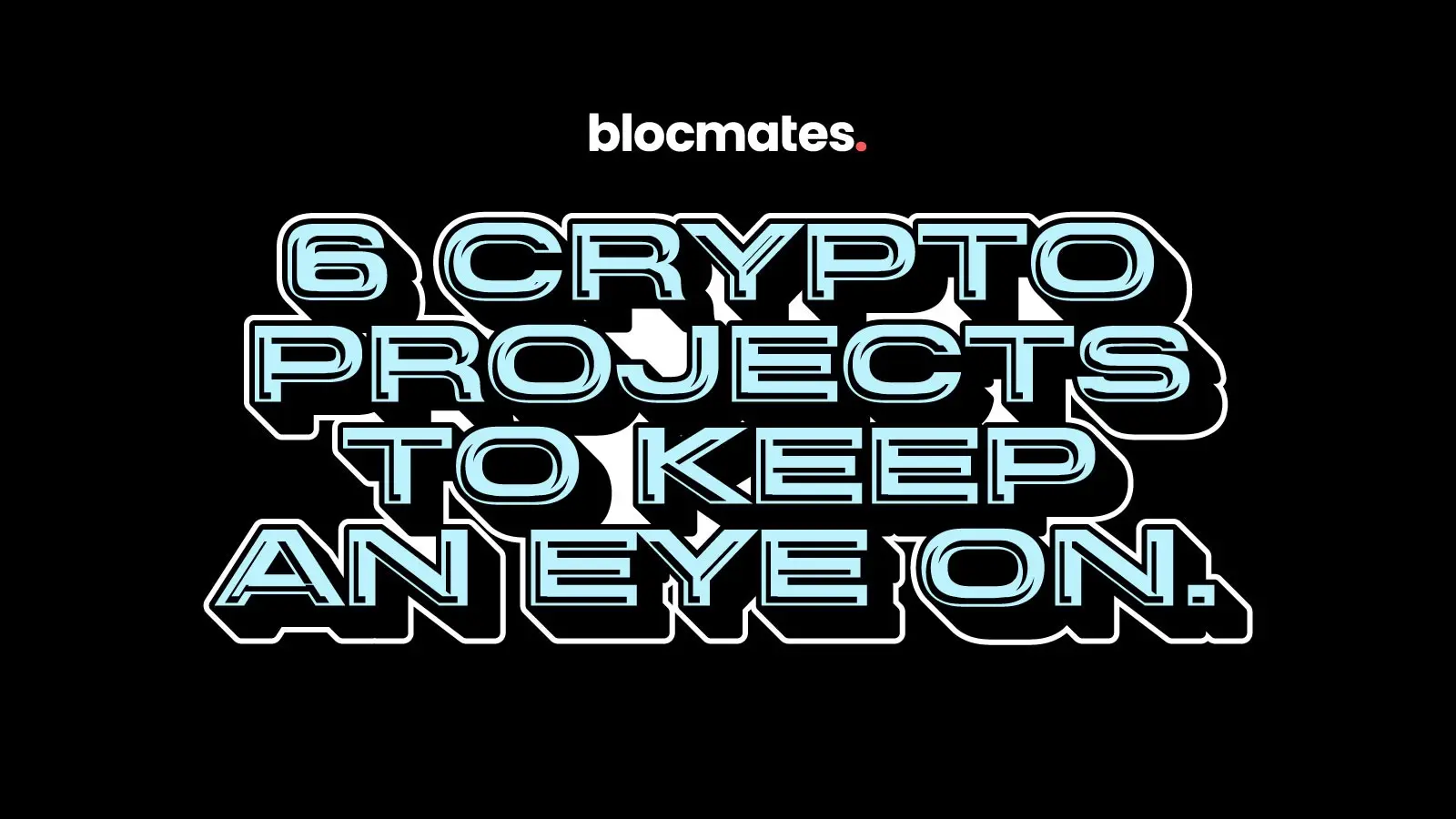
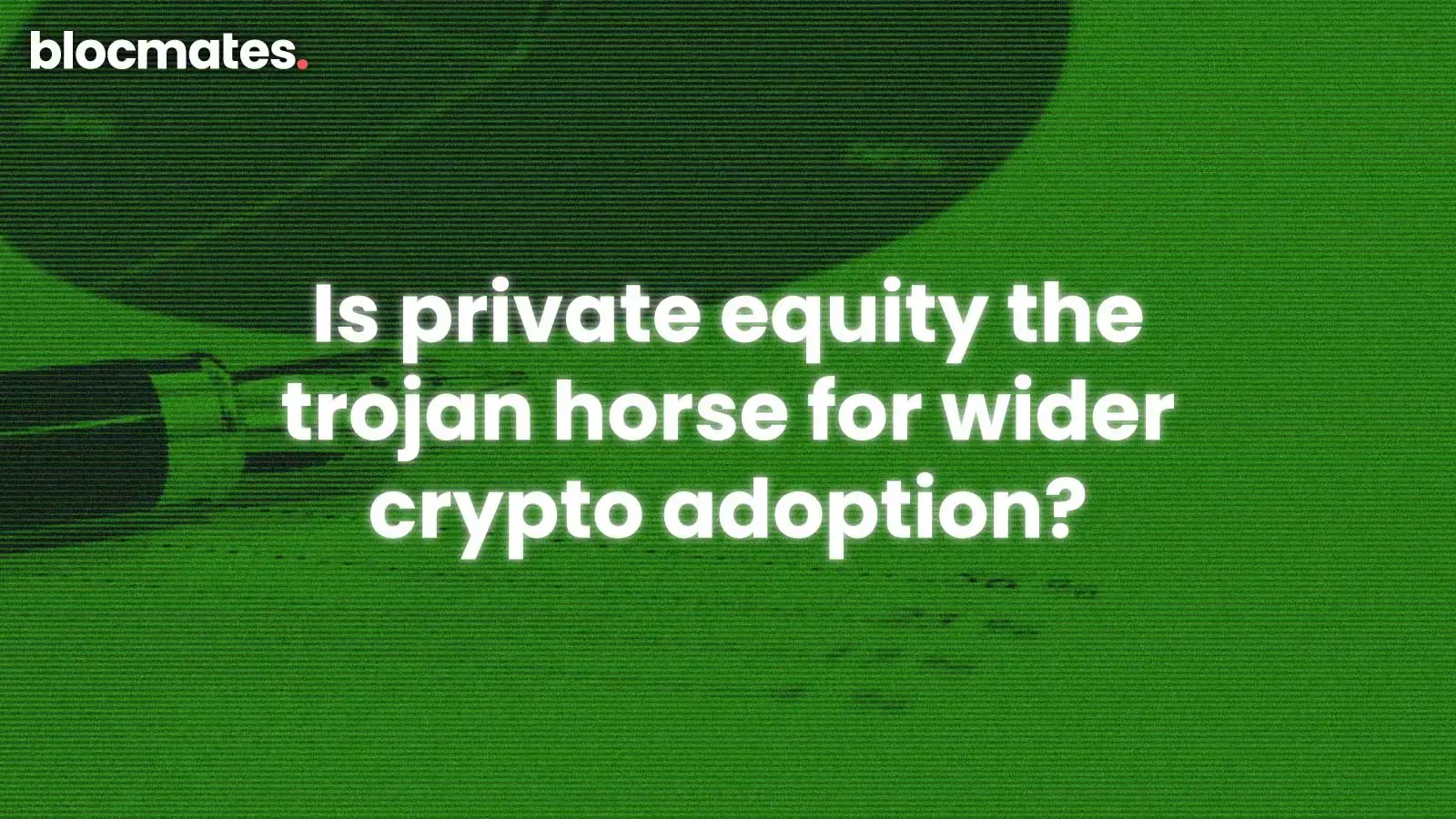
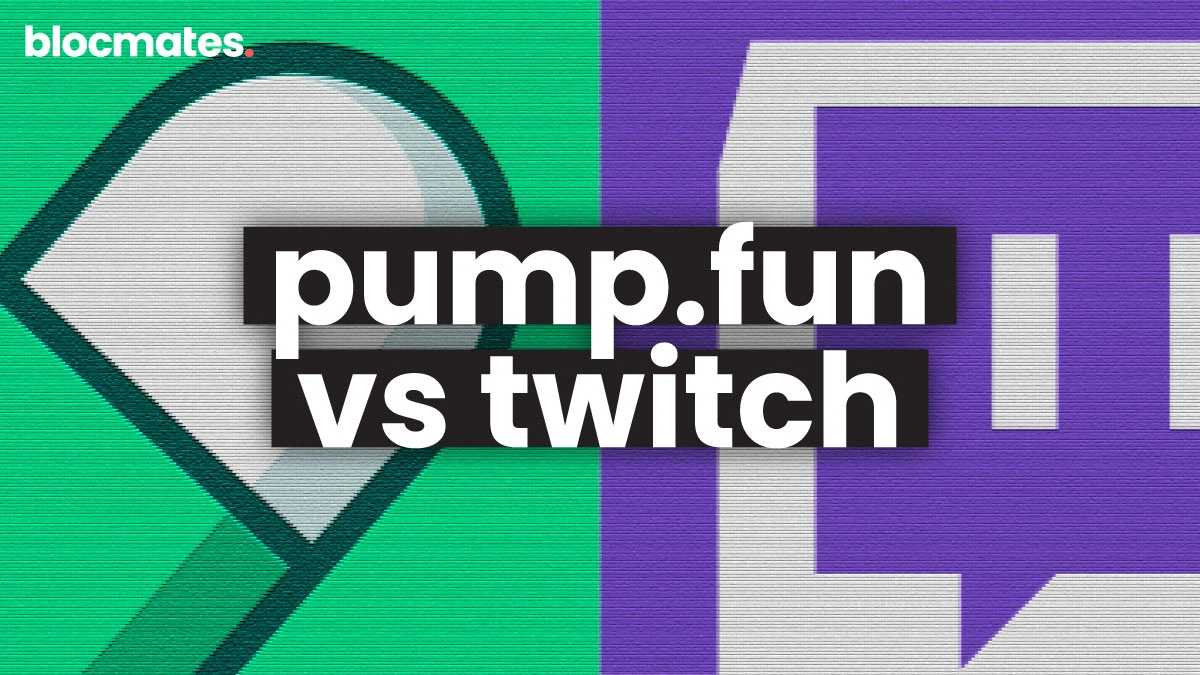

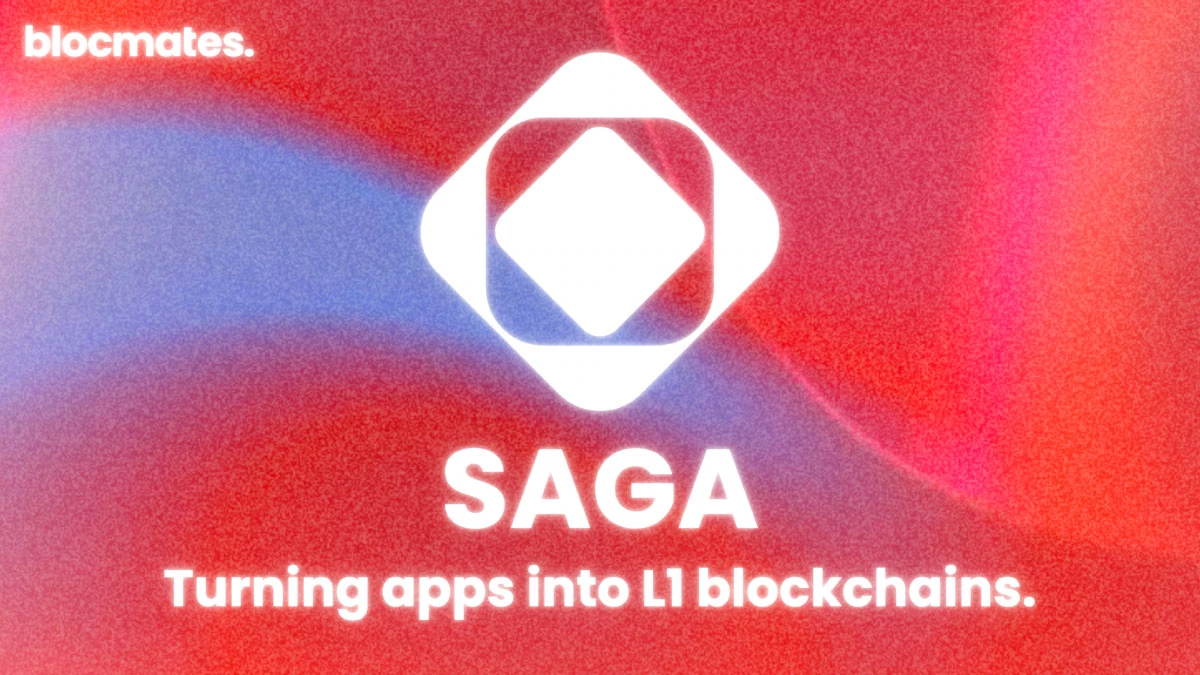

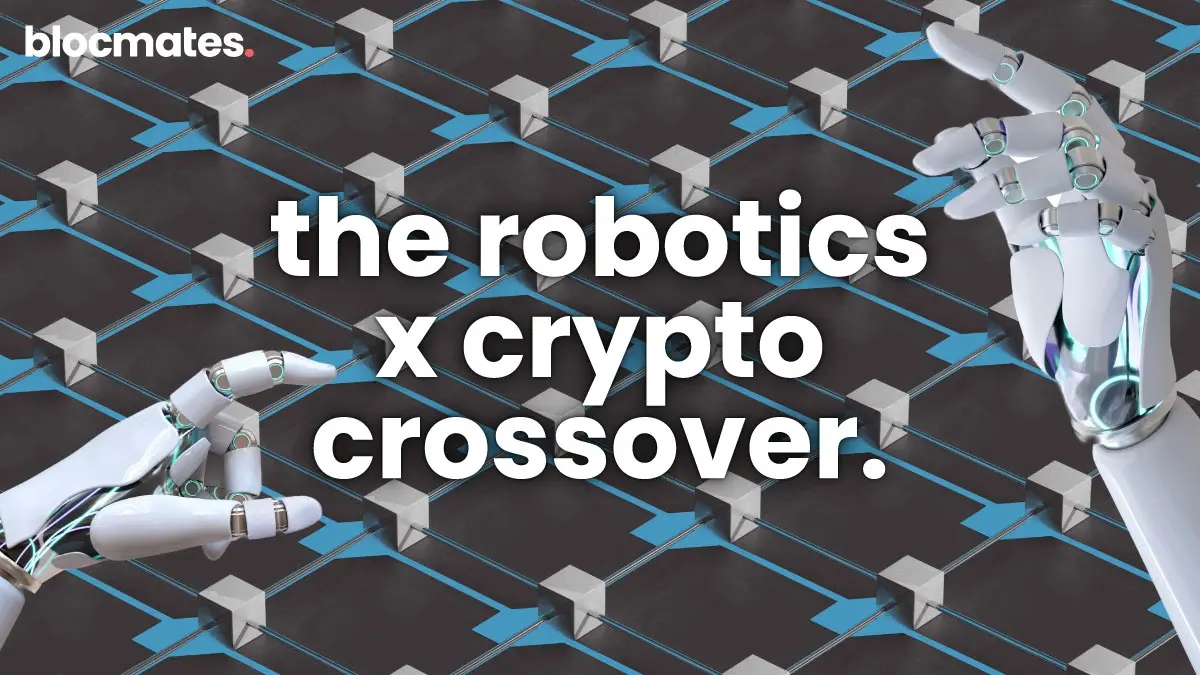
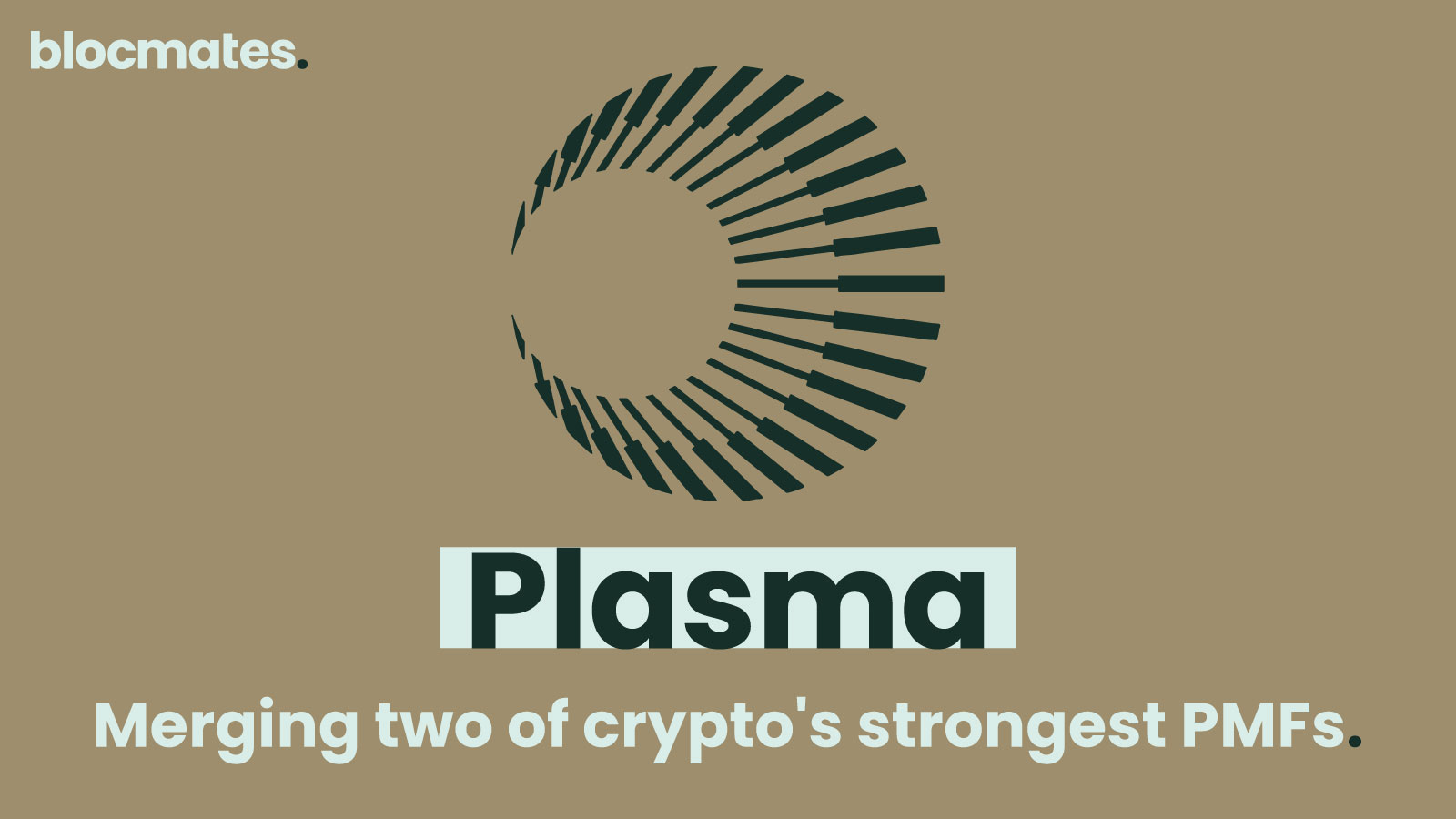

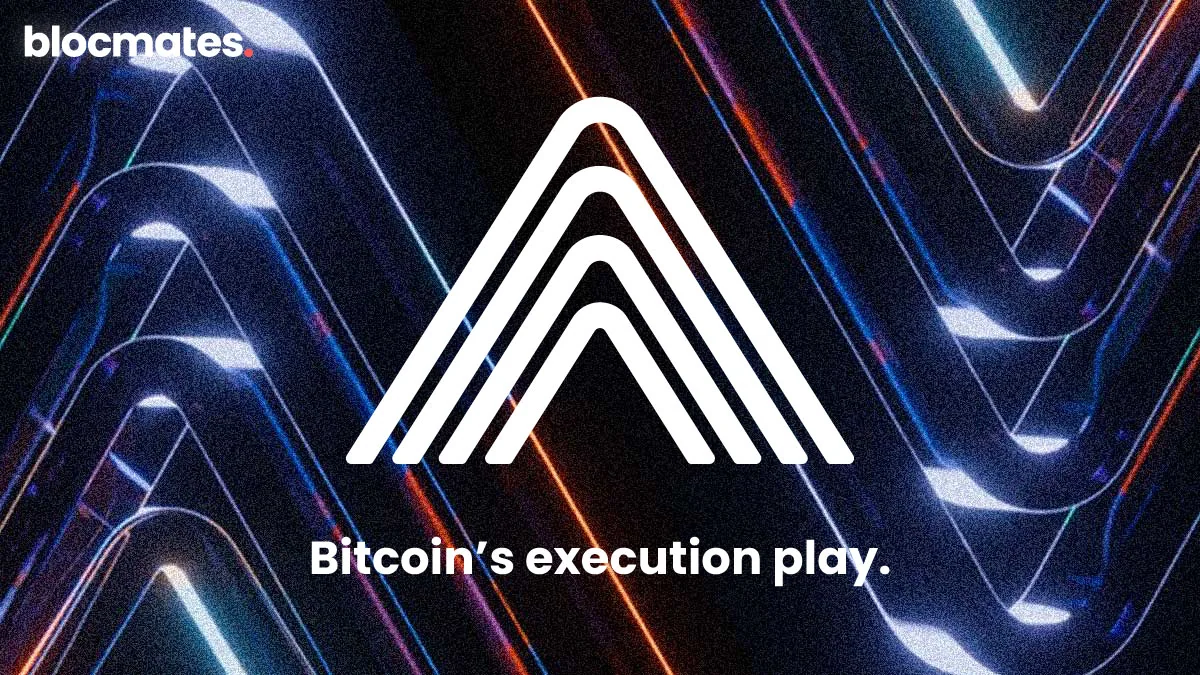

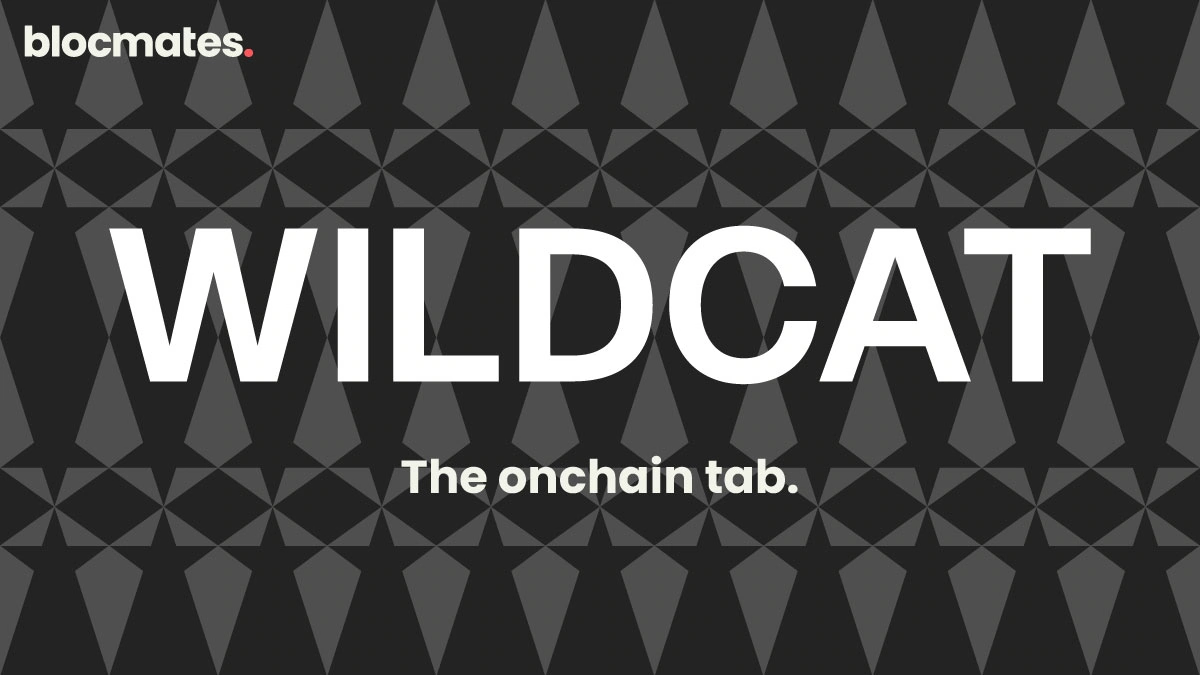
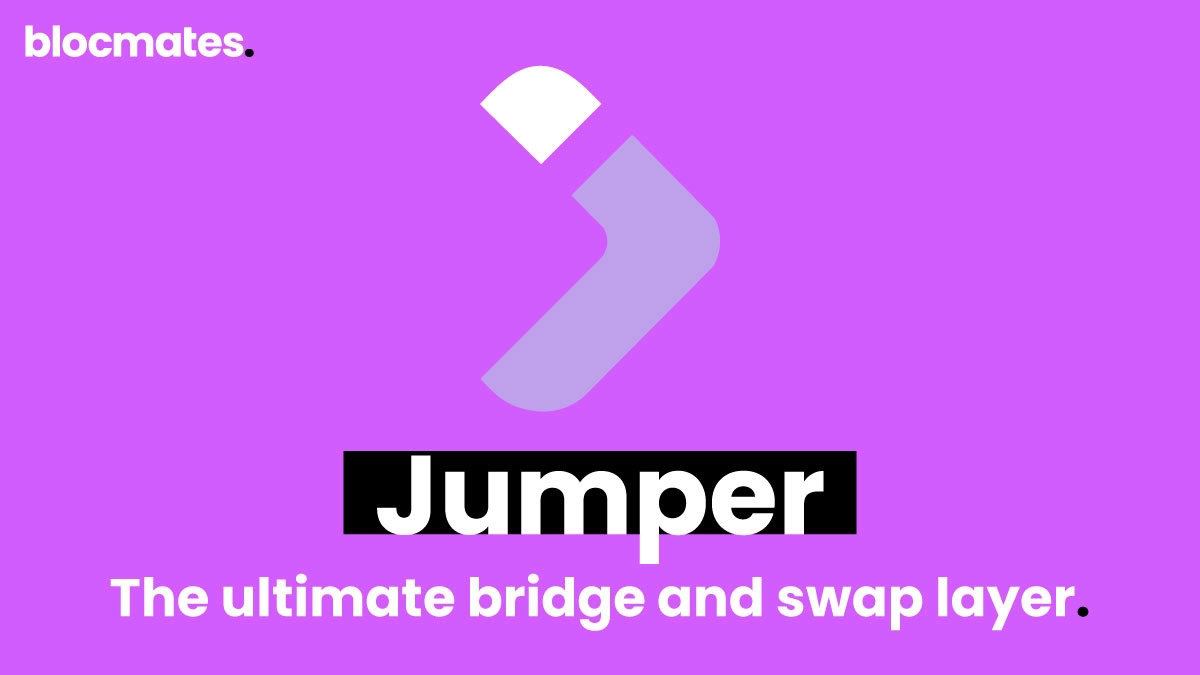
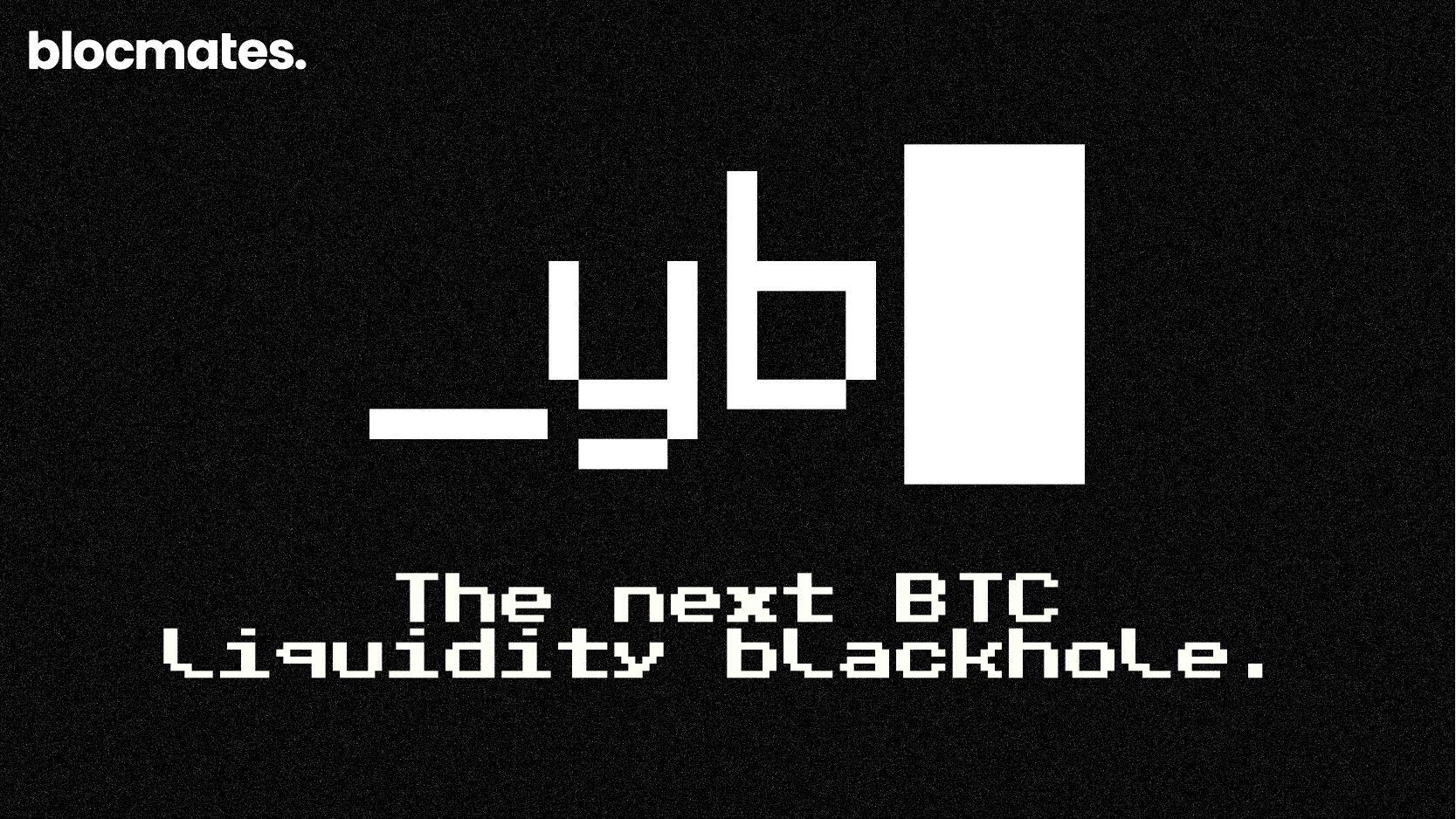
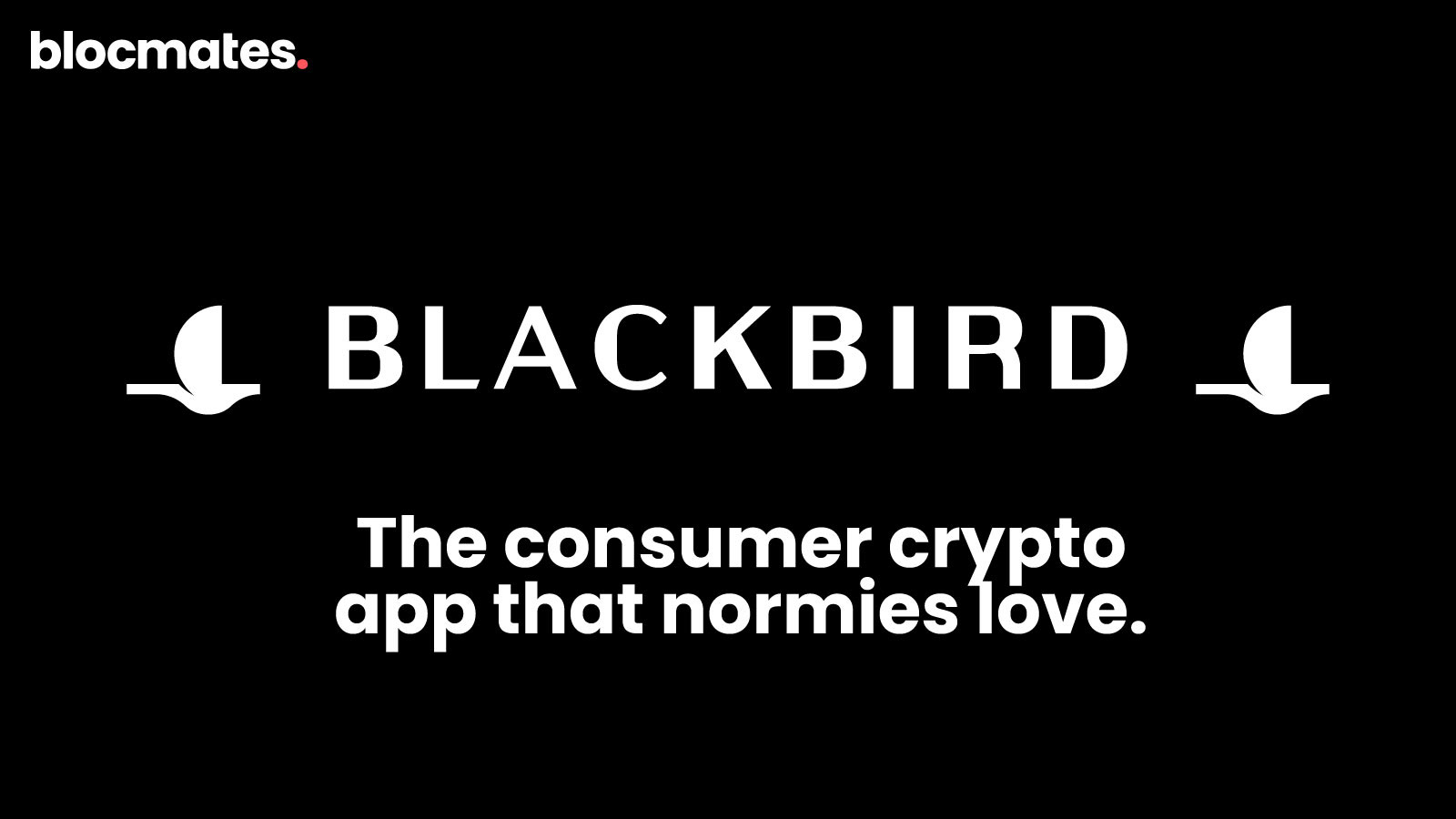
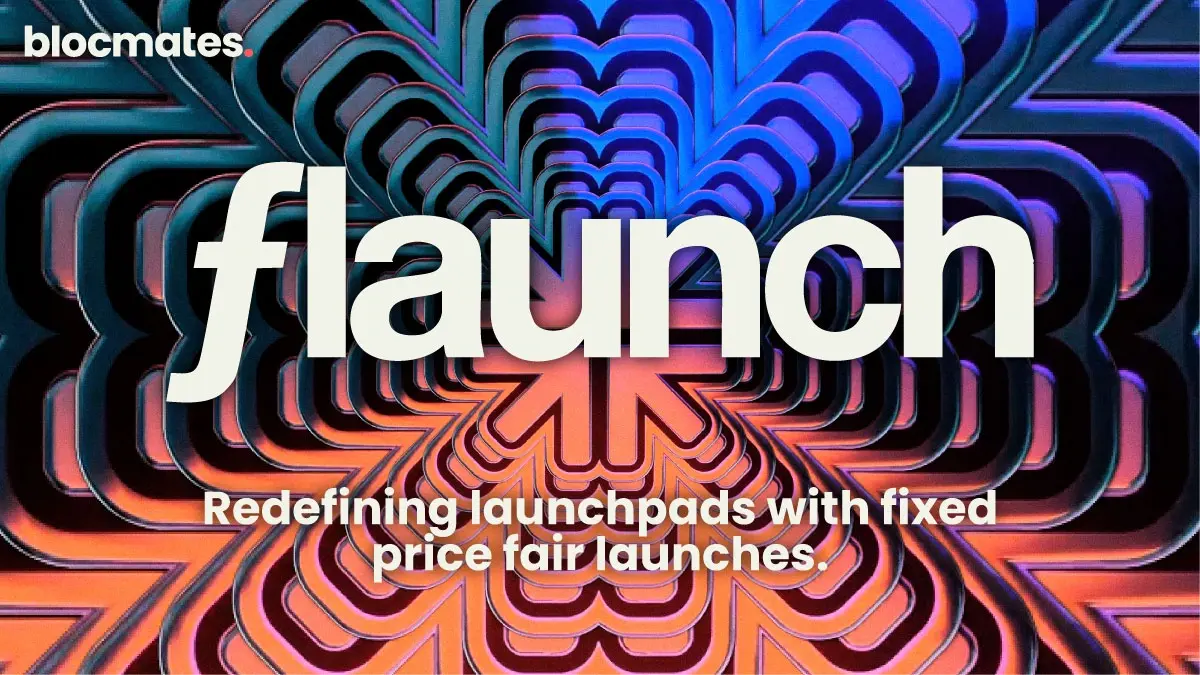

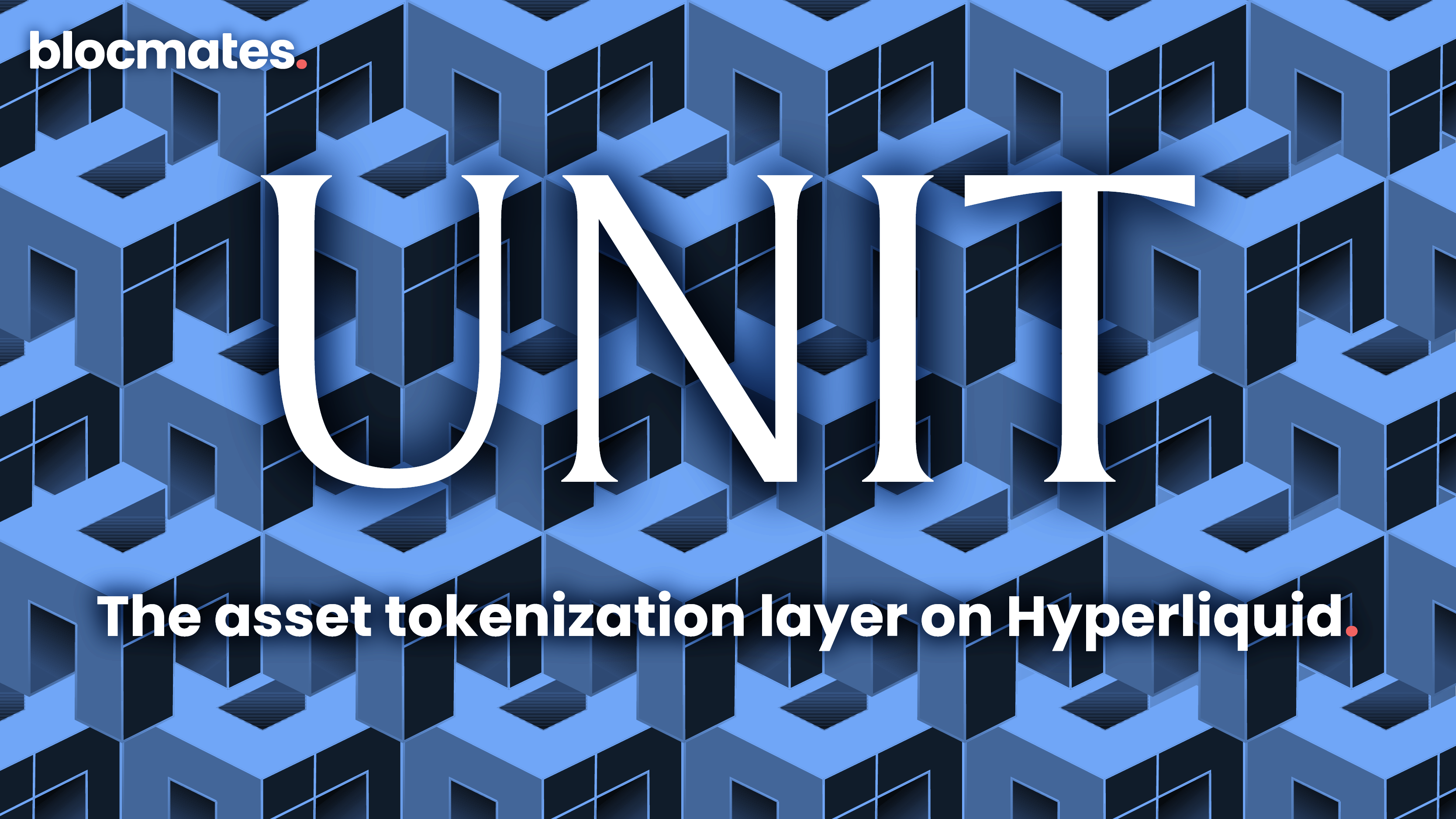




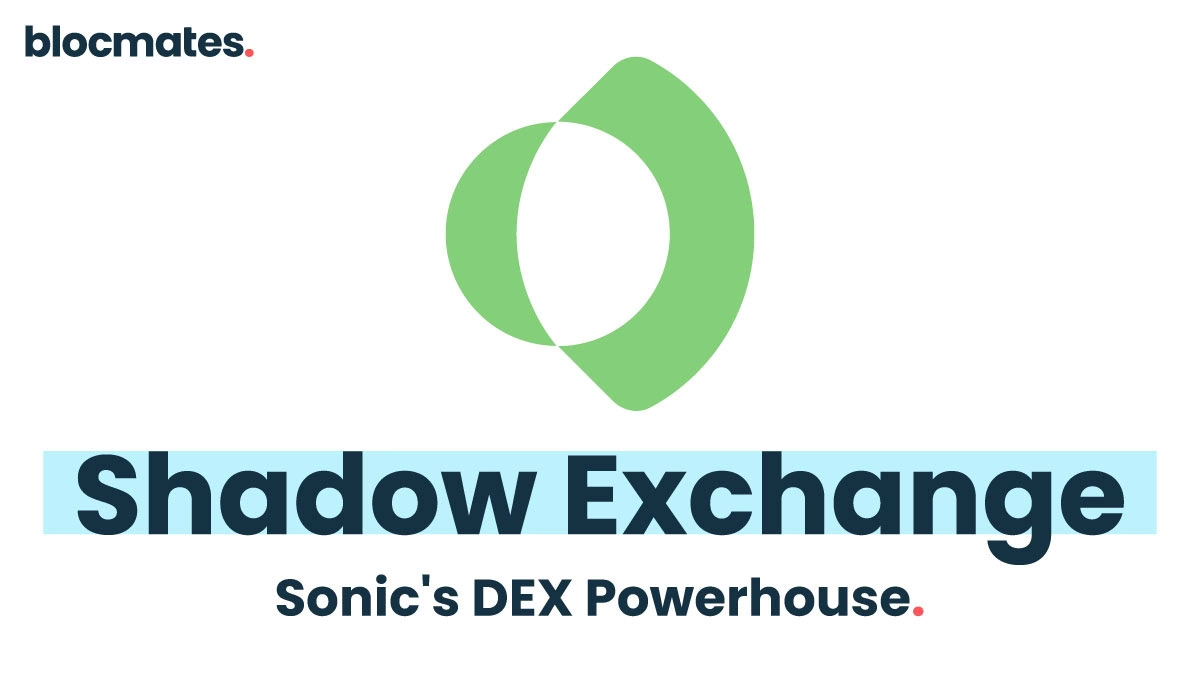


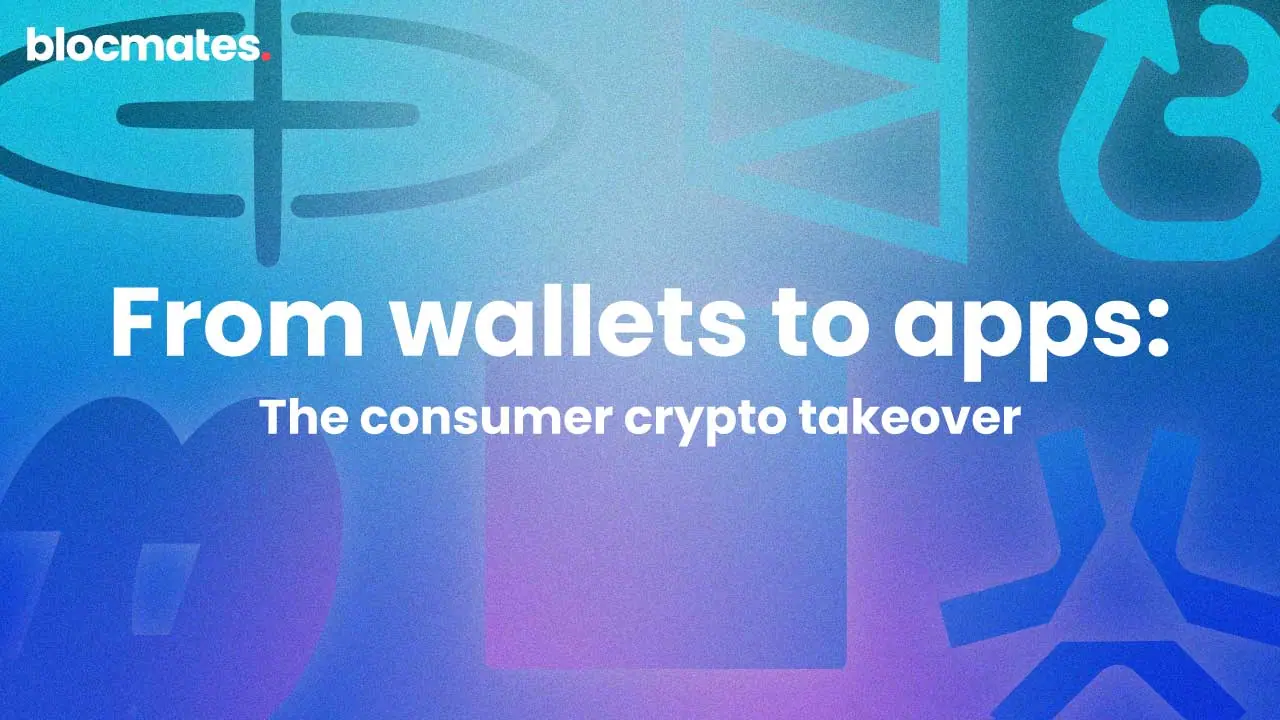




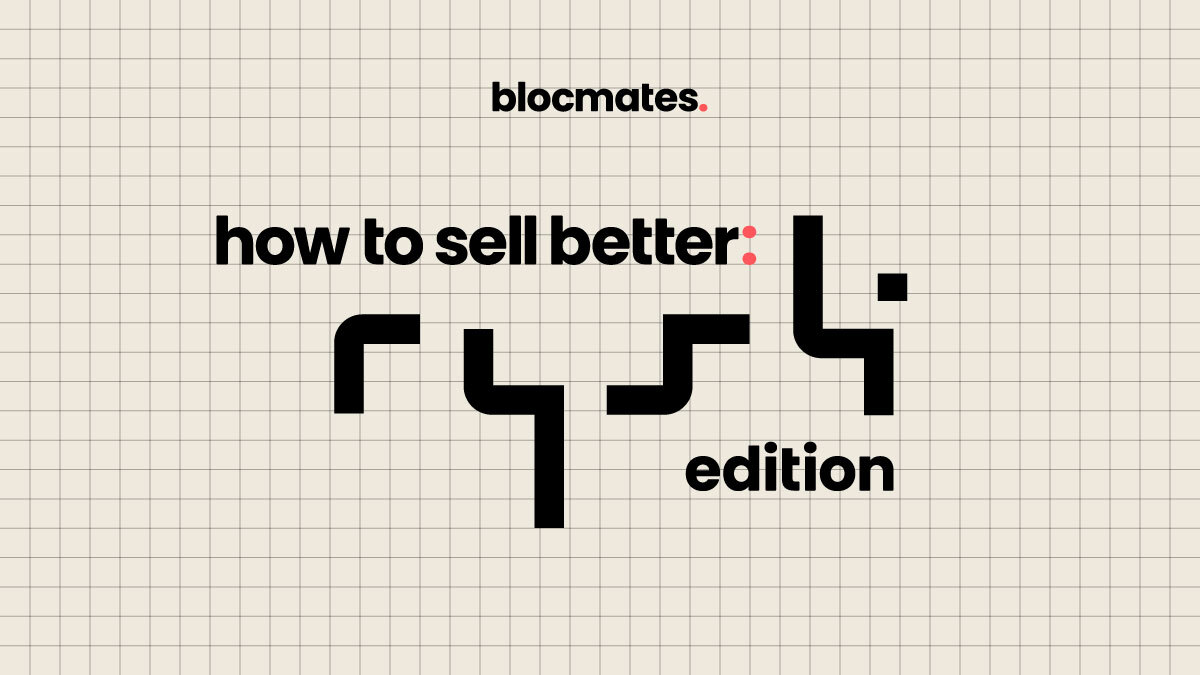


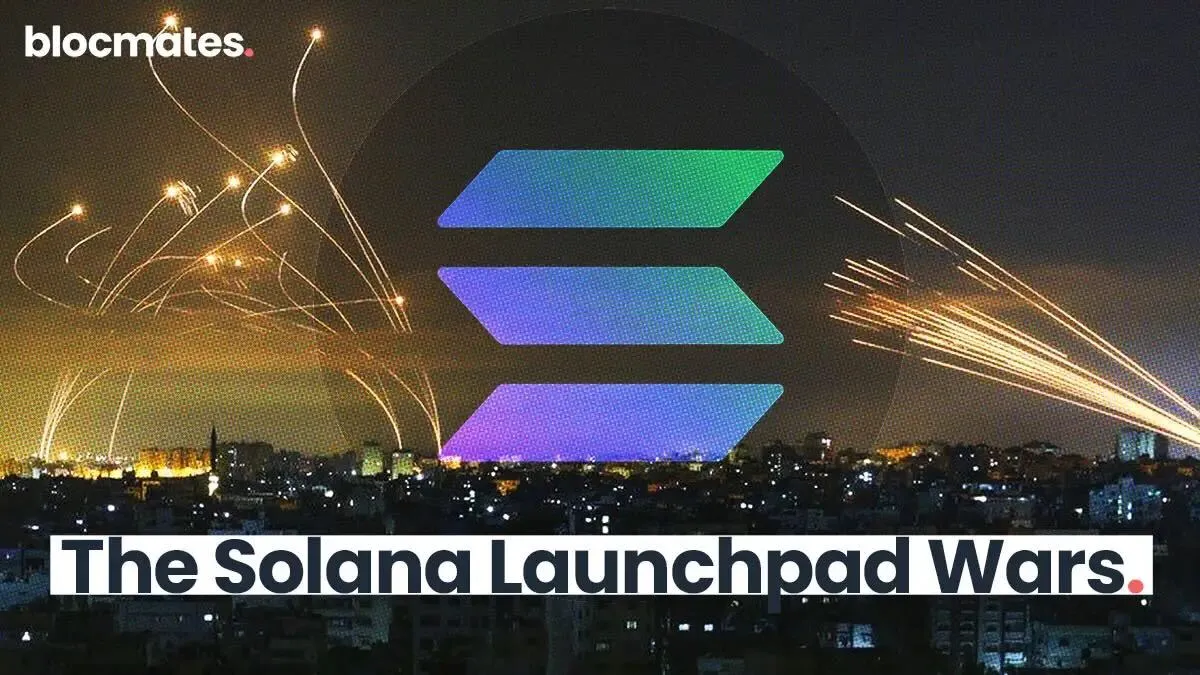




















%202.webp)


.webp)

.webp)
.webp)
.webp)



.webp)

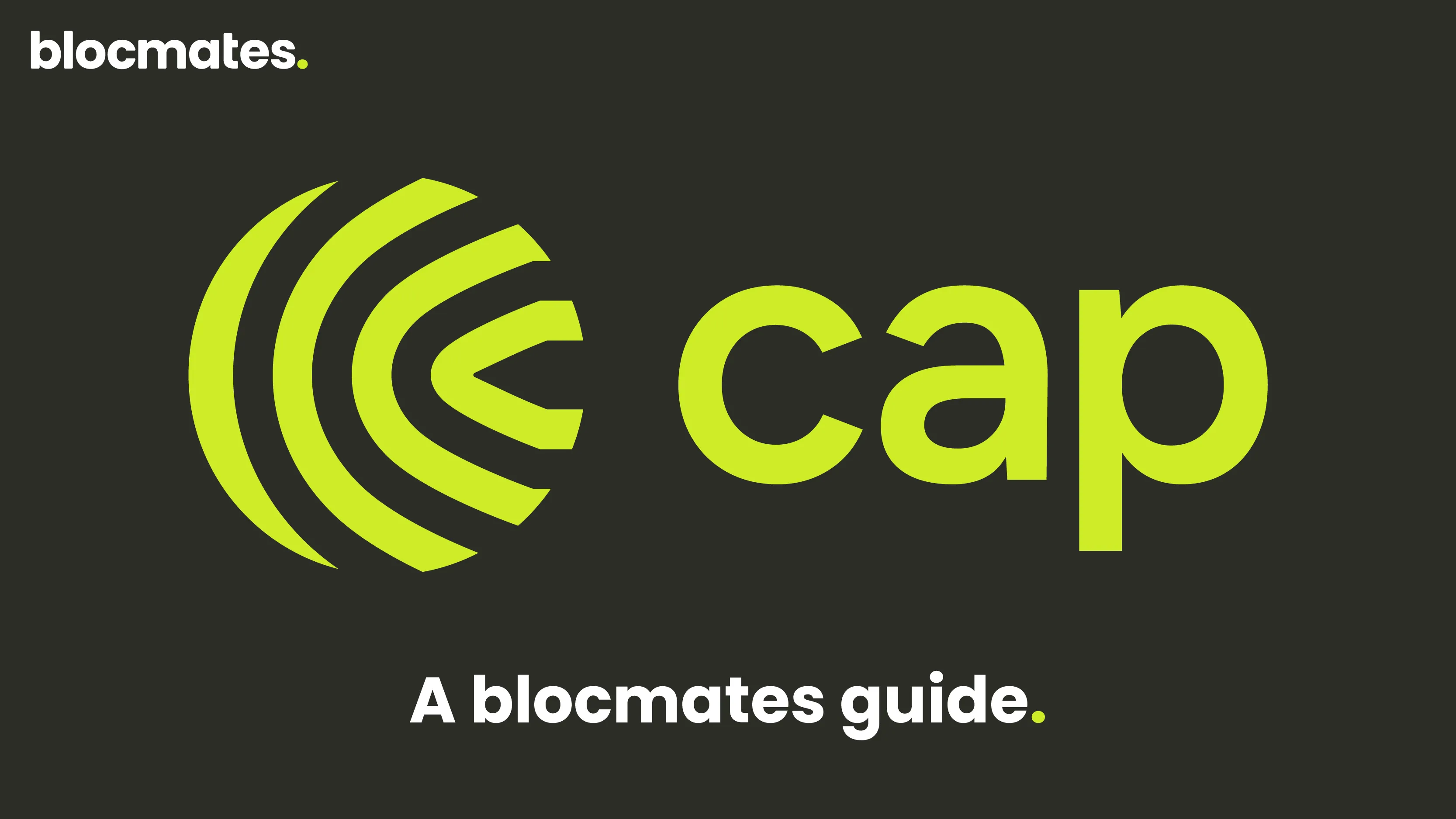










%20the%20Next%20Big%20Unlock%20in%20AI.webp)




.webp)
.webp)

.webp)
.webp)
.webp)


.webp)
.webp)










.webp)


.webp)









.webp)







.webp)
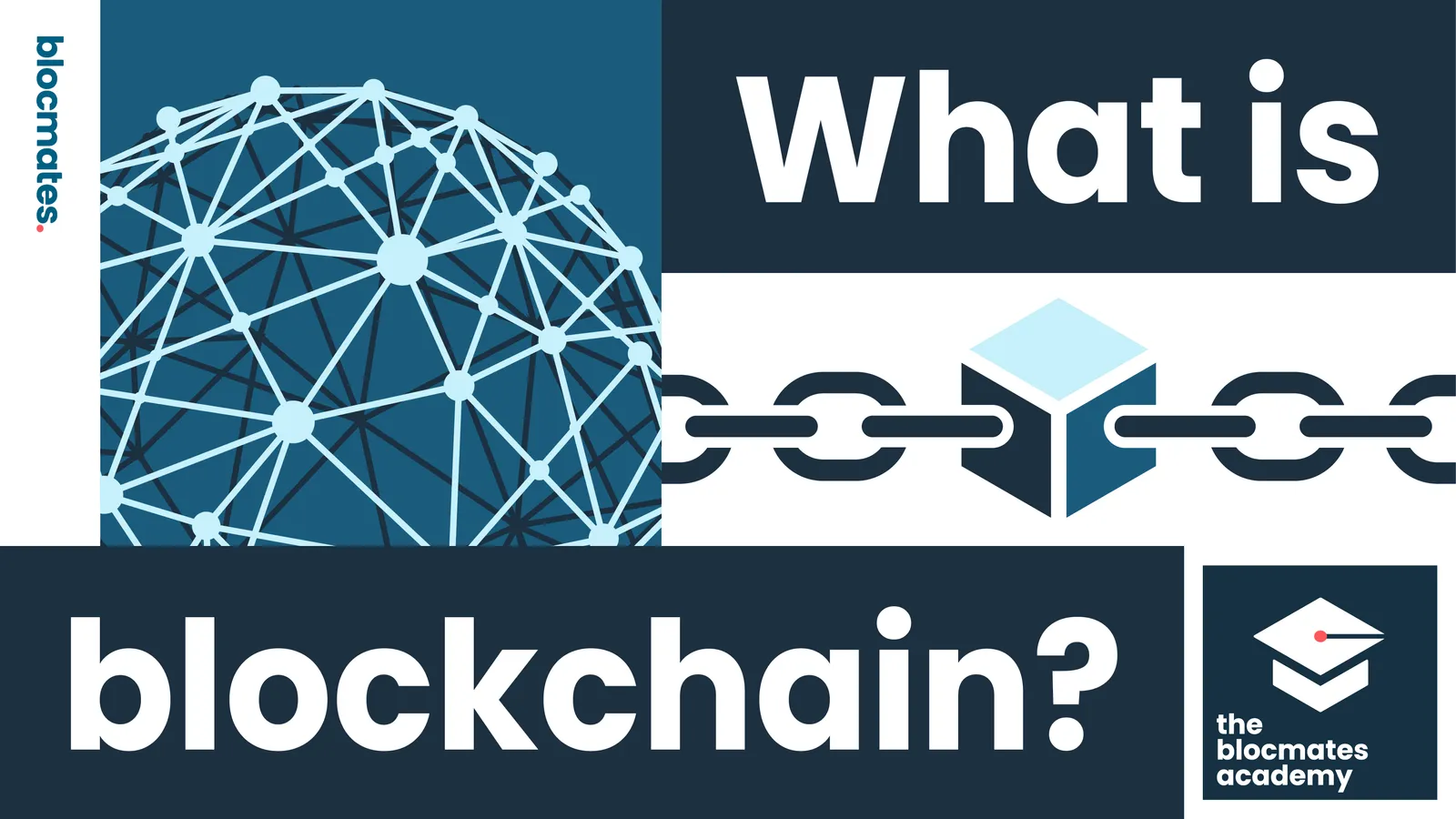



.webp)






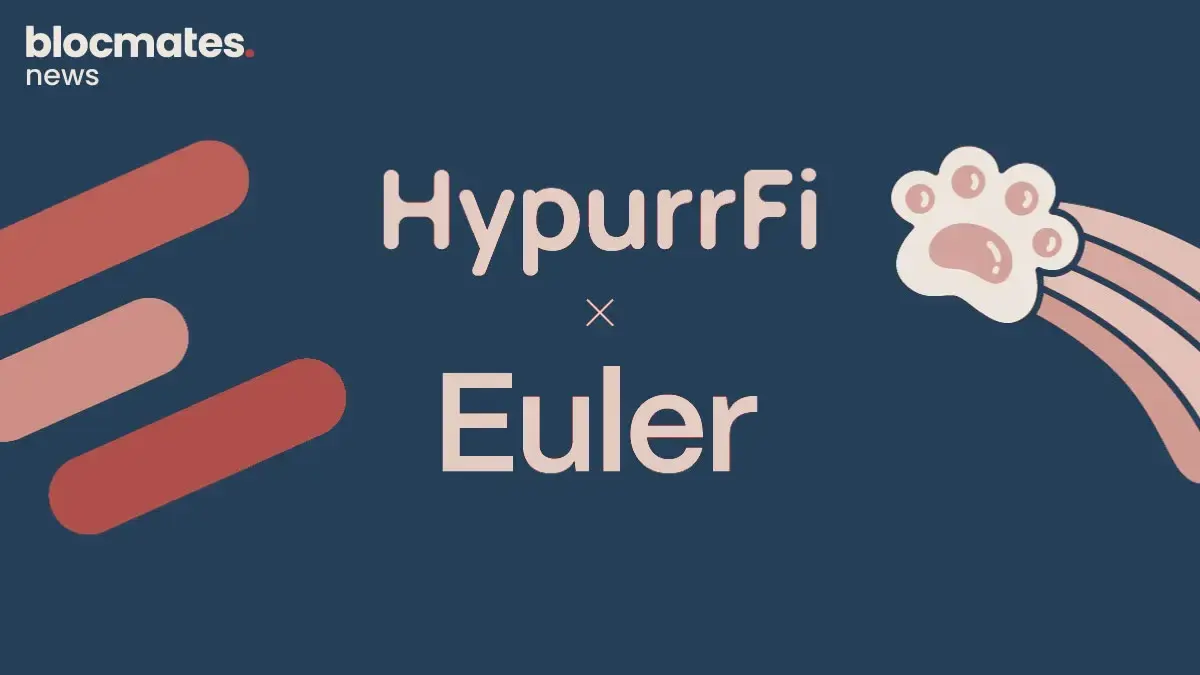



















.webp)
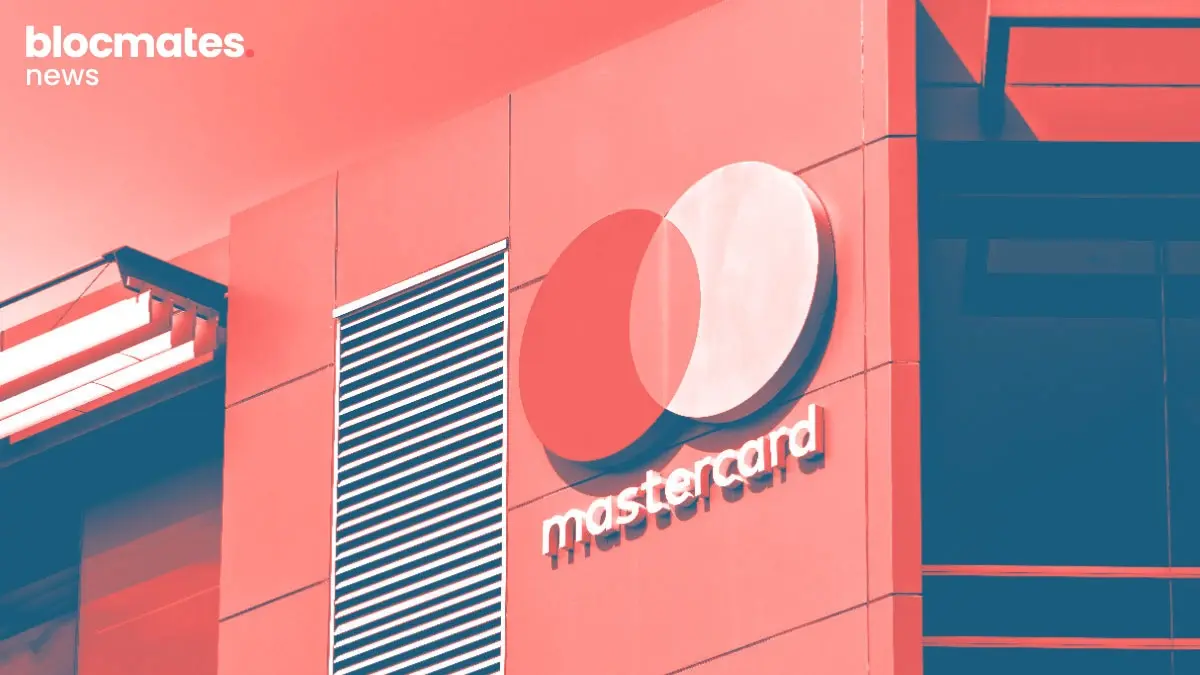






.webp)




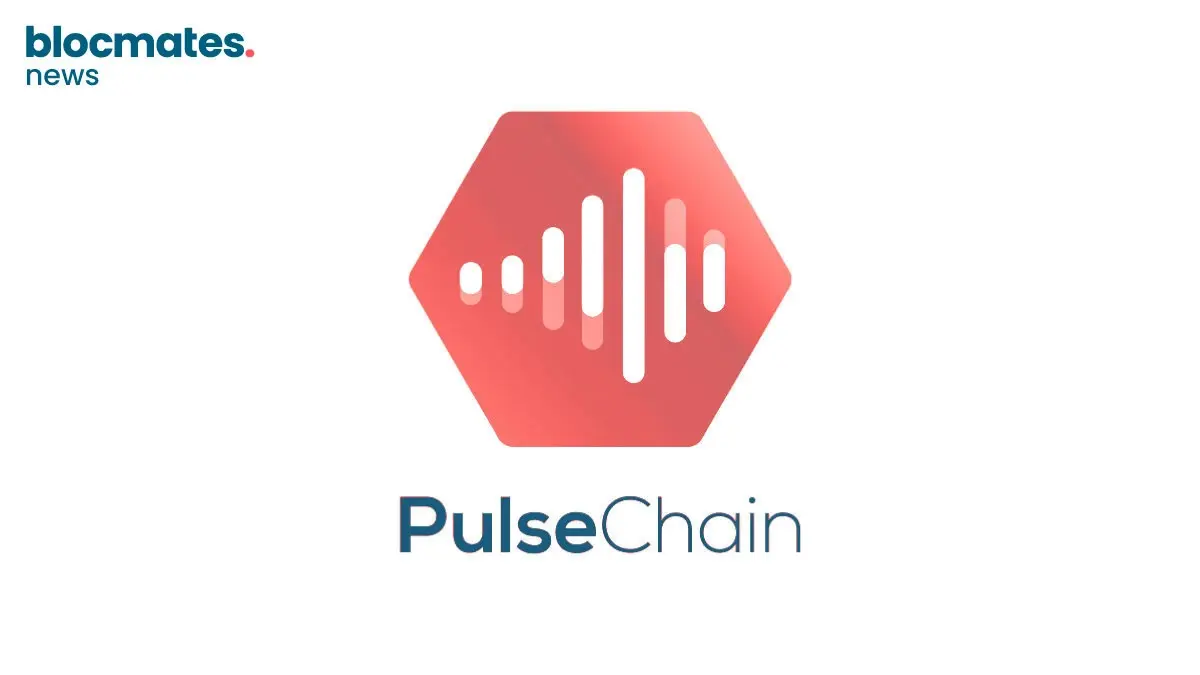
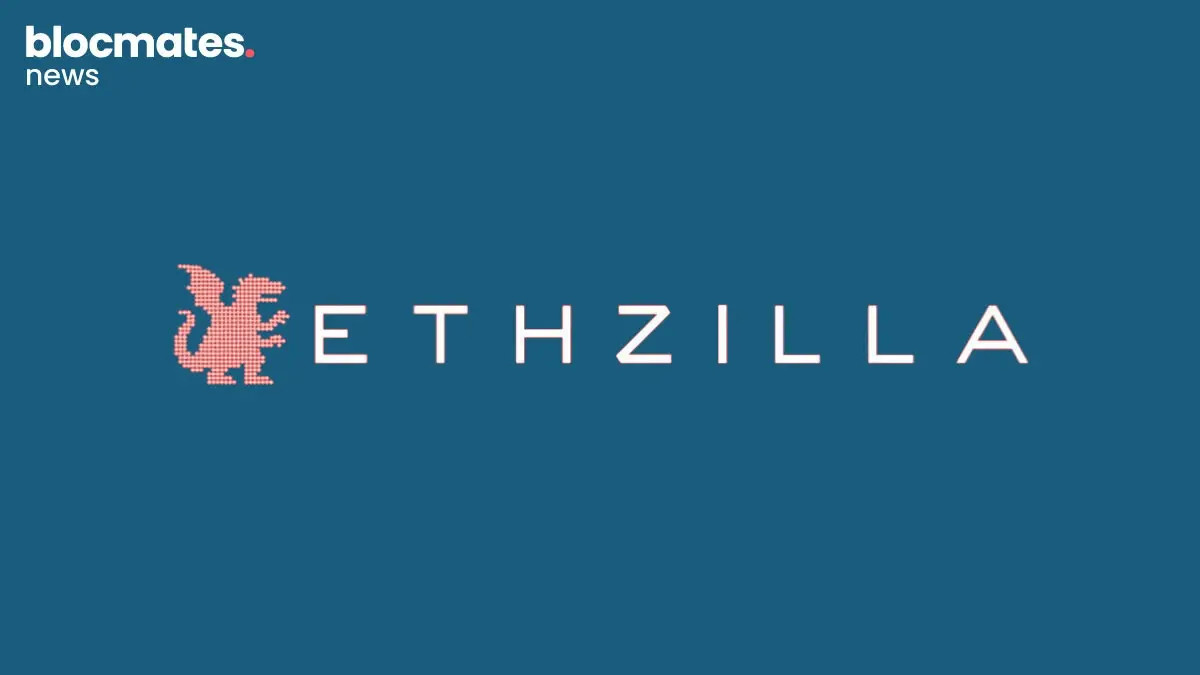
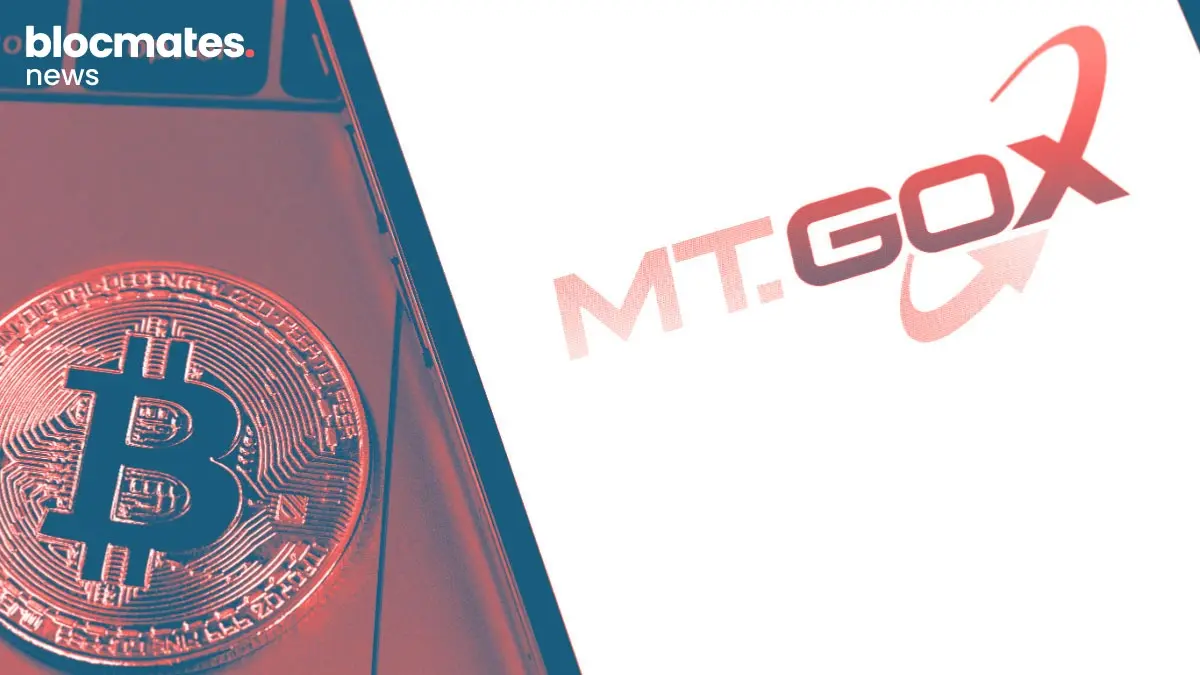
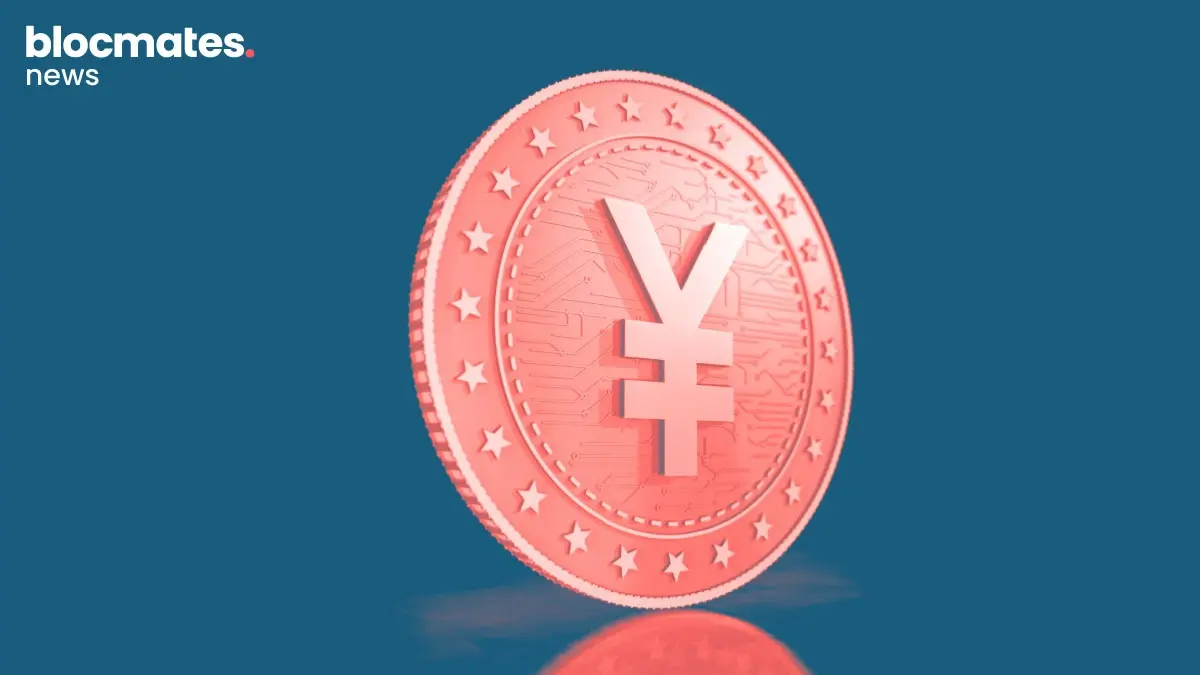
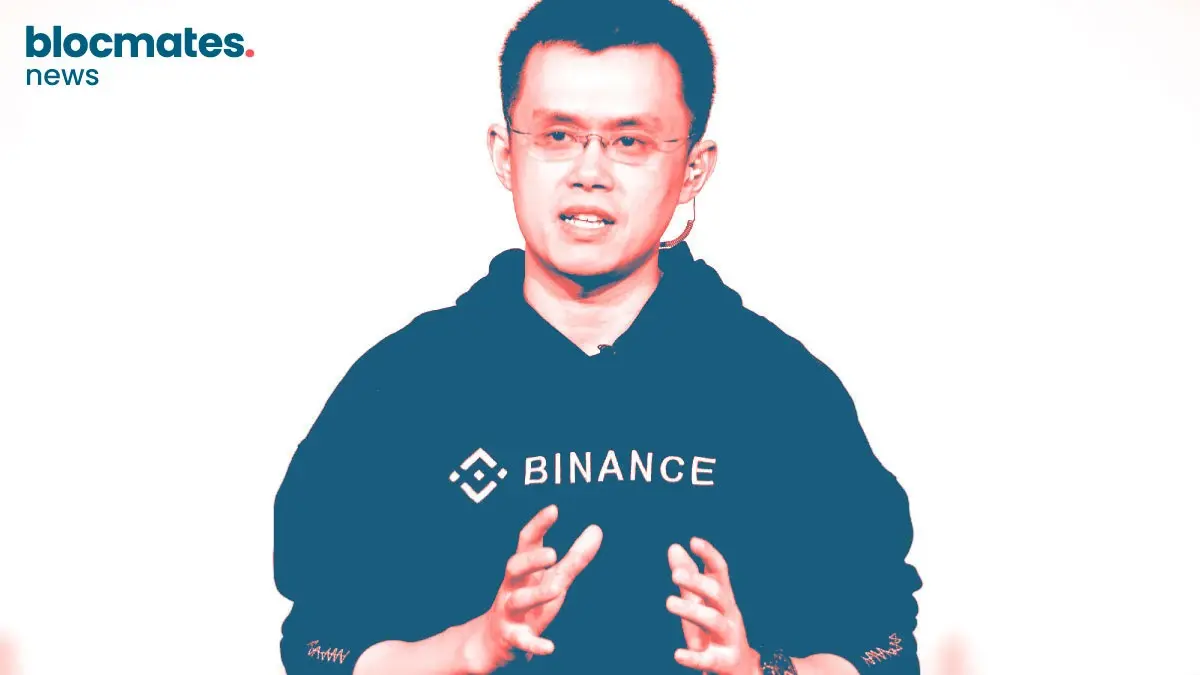


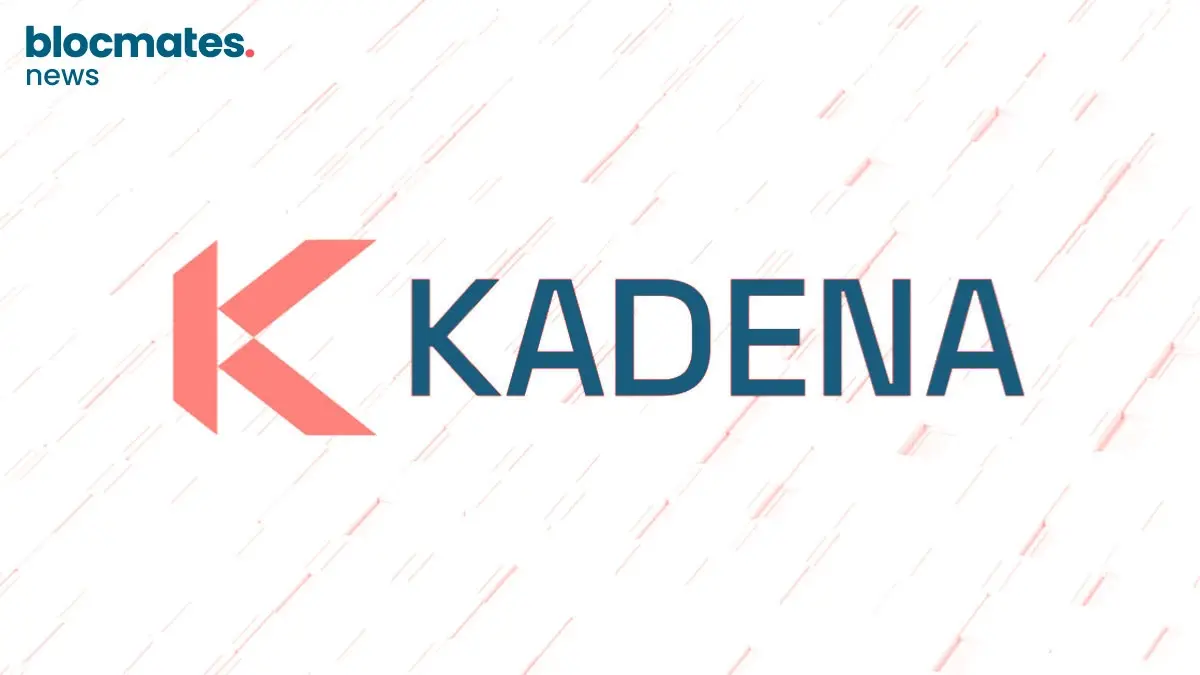

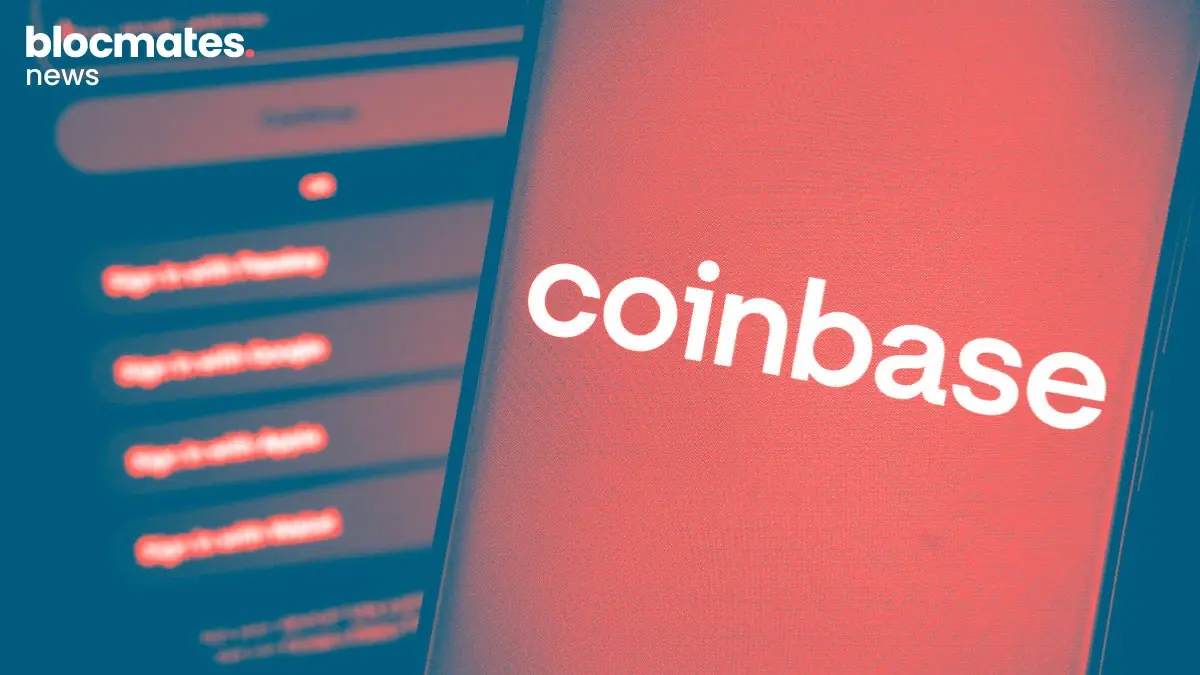
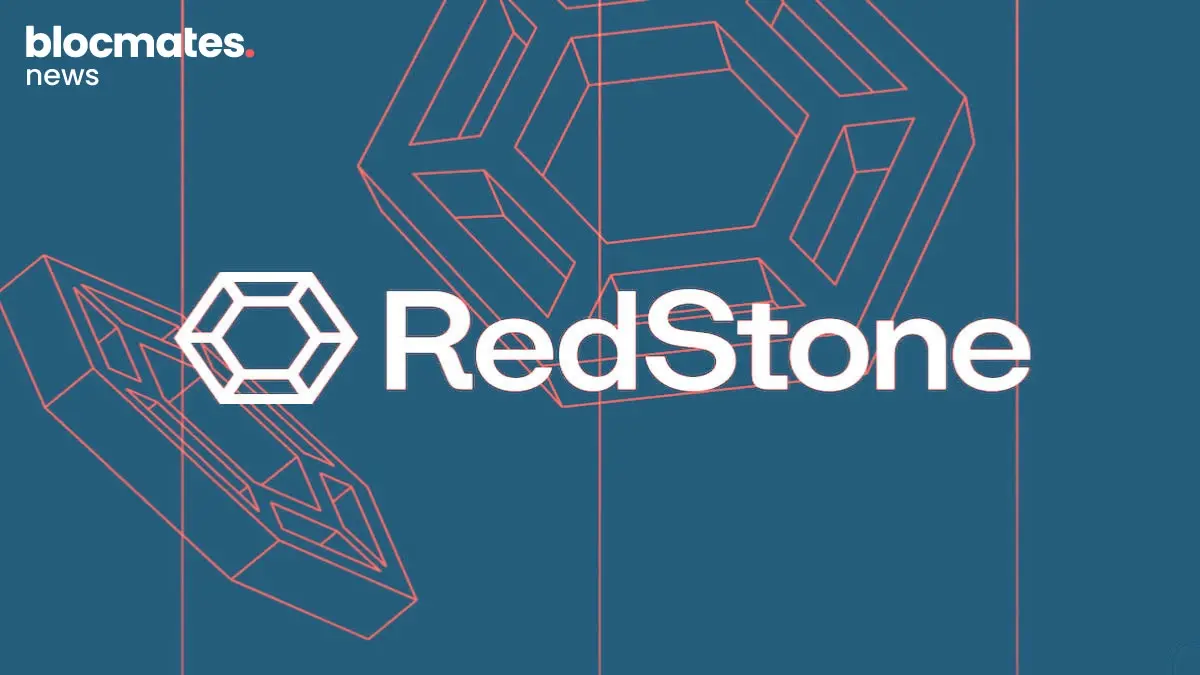
.webp)

.webp)
.webp)

.webp)


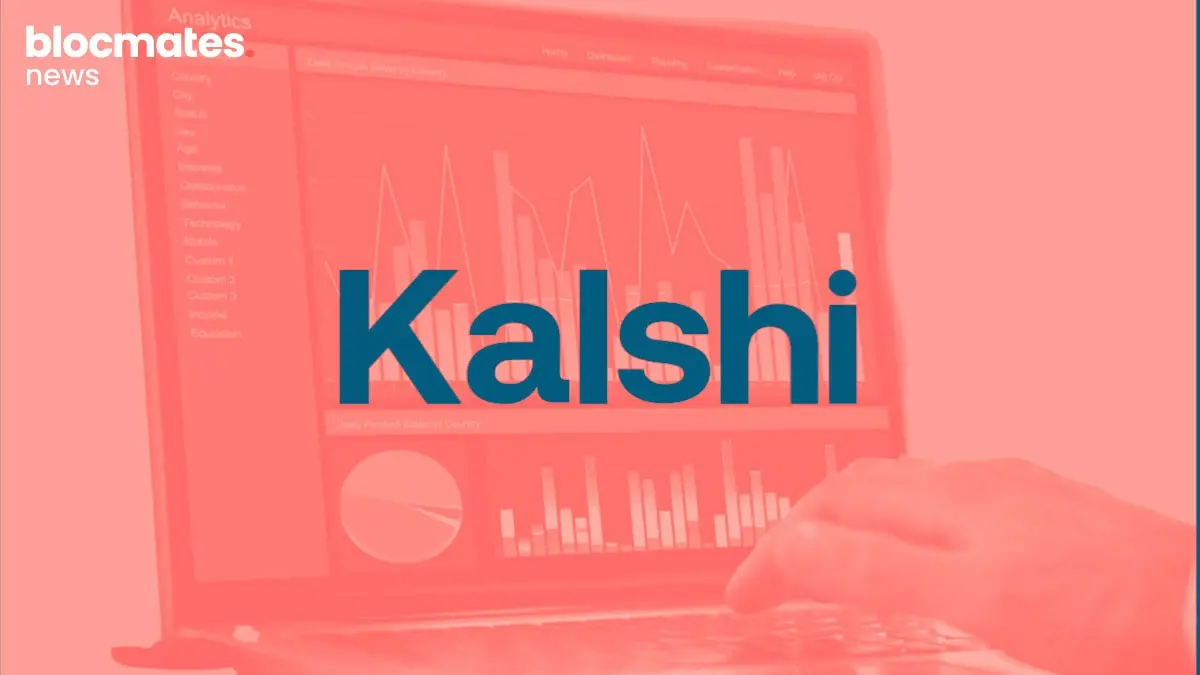








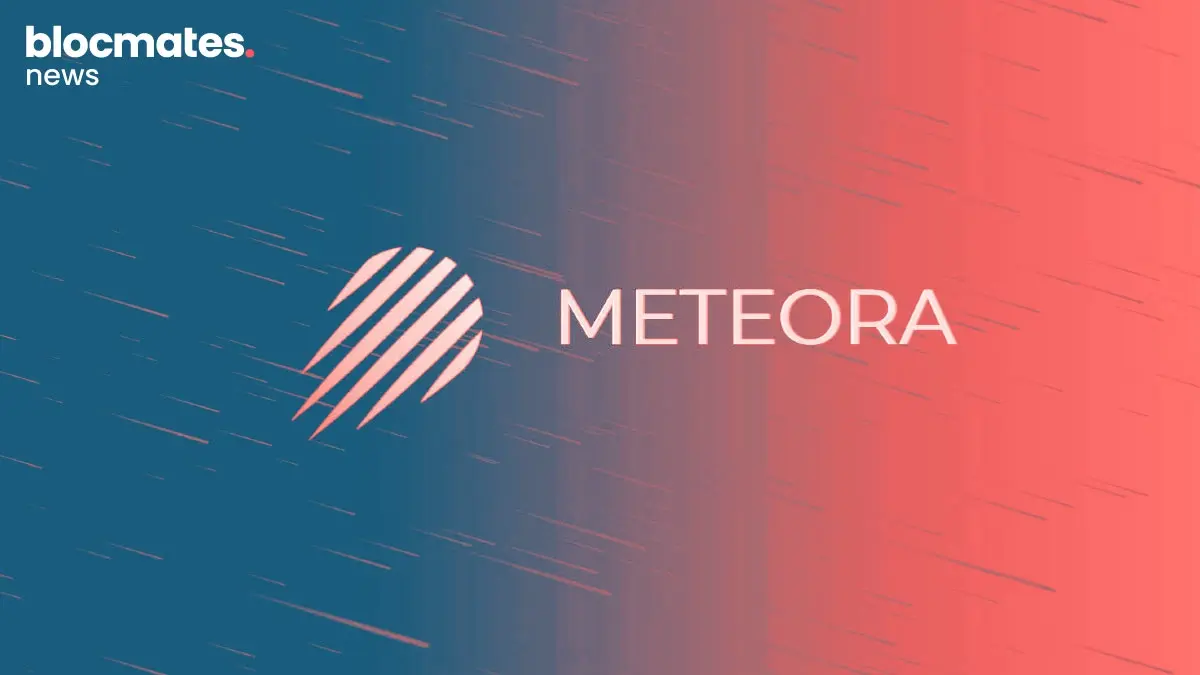


.webp)

.webp)


.webp)



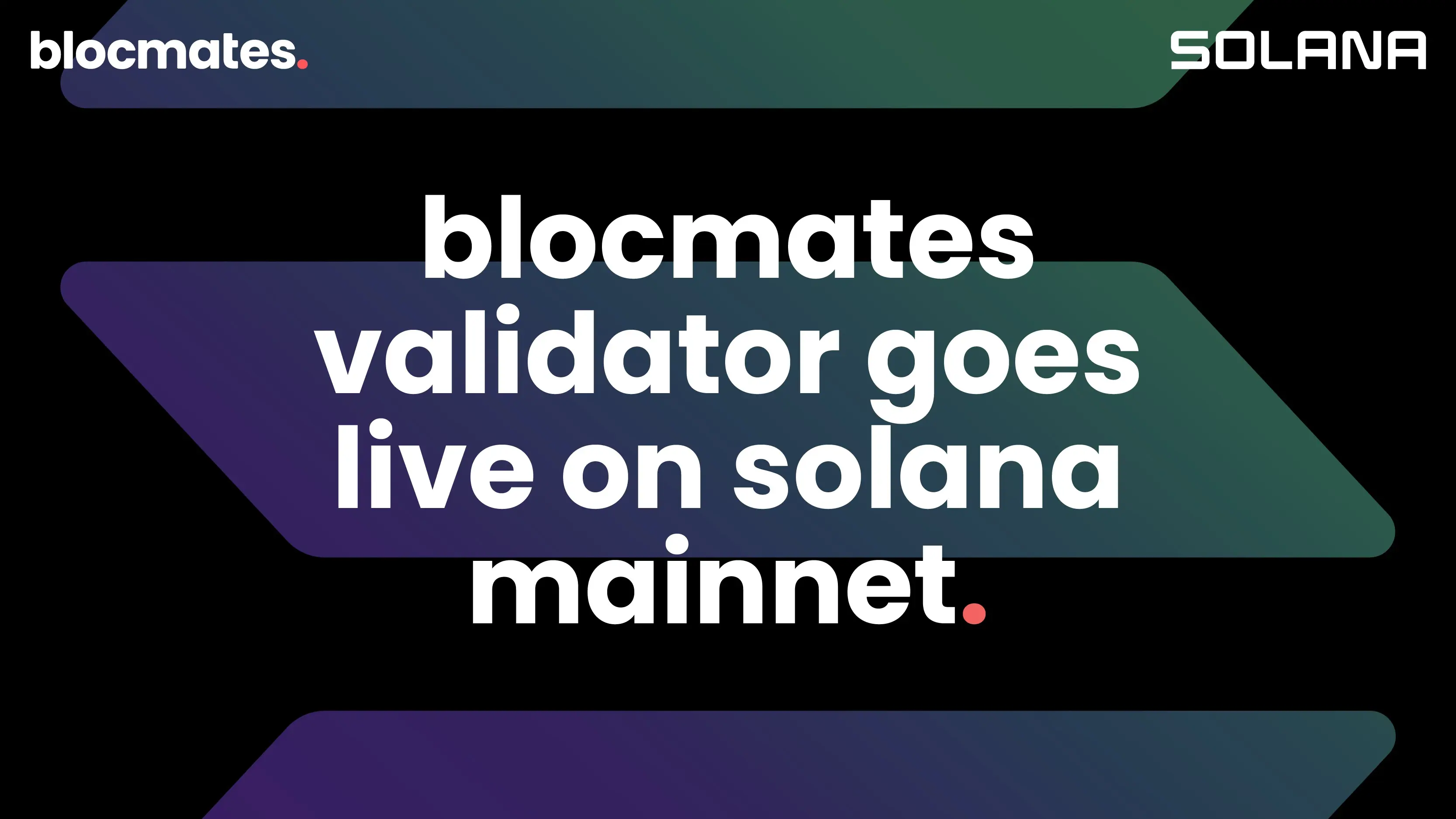
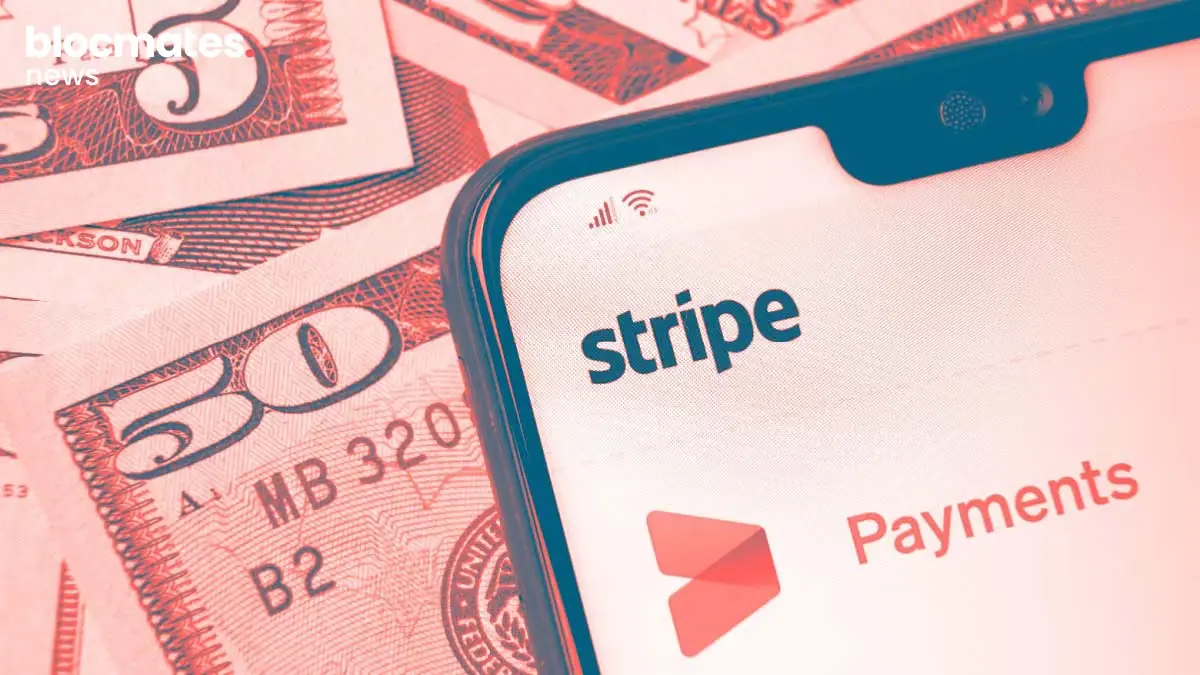



.webp)
